Experts Unraveled The Mystery Of A Lost WWII Submarine – And Its 80 Vanished Crew Members
Lifestyles

Tim Taylor and his team are looking for a U.S. submarine that disappeared in mysterious circumstances. 75 years ago, the sub vanished without a trace – with 80 sailors on board. With no trace of the WWII vessel, the case of the U.S.S. Grayback is as puzzling as they come. So when Taylor had the chance to investigate the unsolved mystery, he jumped at the opportunity. After a first run, however, his data had some bizarre inconsistencies. And what it finally unearthed would send shivers down his spine.

The sub the researchers were searching for is the U.S.S. Grayback. Or, as it was less lyrically known, the S.S.-208. This salvage operation was carried out on behalf of the Lost 52 Project, which is dedicated to locating the 52 U.S. submarines that disappeared in WWII. That’s right: the U.S. Navy had posted the Grayback as missing in late March 1944, over 75 years ago. And little is known about the sub’s mysterious disappearance.
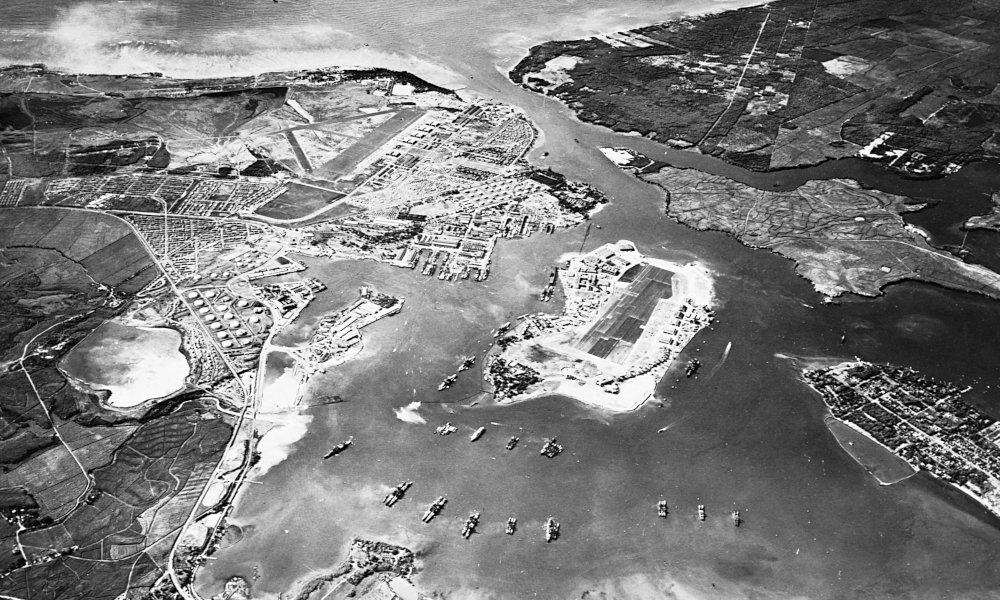
Here are the facts. On January 28, 1944, the Grayback embarked on a combat patrol from Pearl Harbor. It was her tenth mission – and, as it happens, it would be her final one. The sub sent a message back to base on February 24, reporting that she’d sunk the Japanese freighters Toshin Maru and Taikei Maru and hit two others. But that wasn’t the last anybody heard from her.

The sub made another report on February 25. Her crew said the craft had done serious damage to the liner Asama Maru – a Japanese troop carrier – and sunk the tanker Nanpo Maru. But these attacks over two days had left the Grayback with just two torpedoes. So she had to set sail to Midway Atoll in the North Pacific for resupply. Yet the craft never arrived.
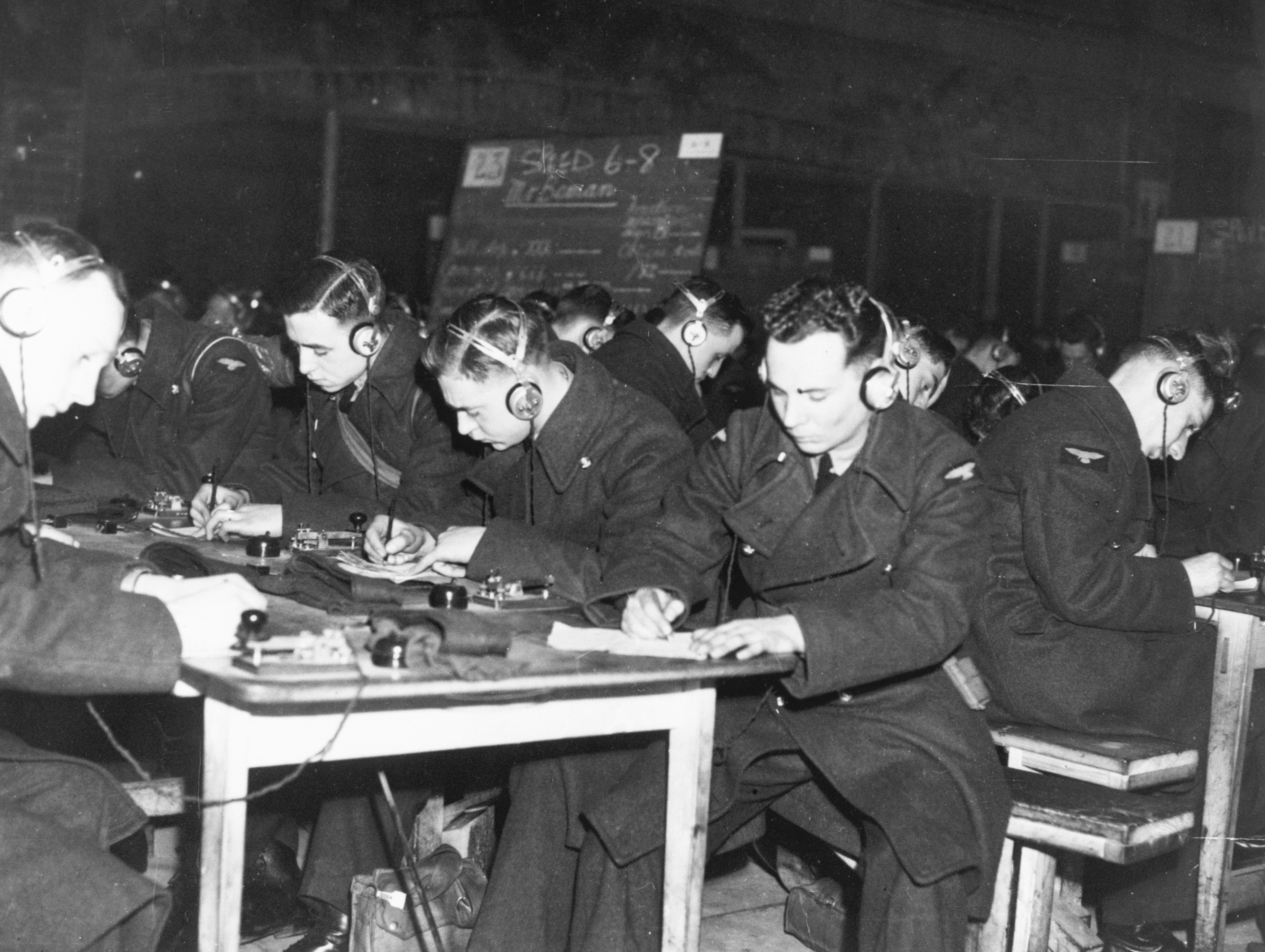
That February 25 radio message was the last anyone heard from the Grayback. Navy commanders had anticipated that the submarine would dock at Midway Atoll on March 7, 1944 – but there was no sign of her on that date. Even more alarmingly, the Grayback still hadn’t appeared three weeks later. So the authorities had no choice but to declare her and her crew of 80 as lost at sea. They did this on March 30. Still the question remained: what had happened to the Grayback?

Dozens of men had seemingly perished, leaving their devastated loved ones looking for answers. But there was simply no trace of the submarine that had proved to be a huge asset to the U.S. Navy. And make no mistake about it: the Grayback and her crew had played their part in many WWII battles. That’s perhaps not surprising when you consider the craft was built at the legendary Groton, Connecticut’s Electric Boat Company.
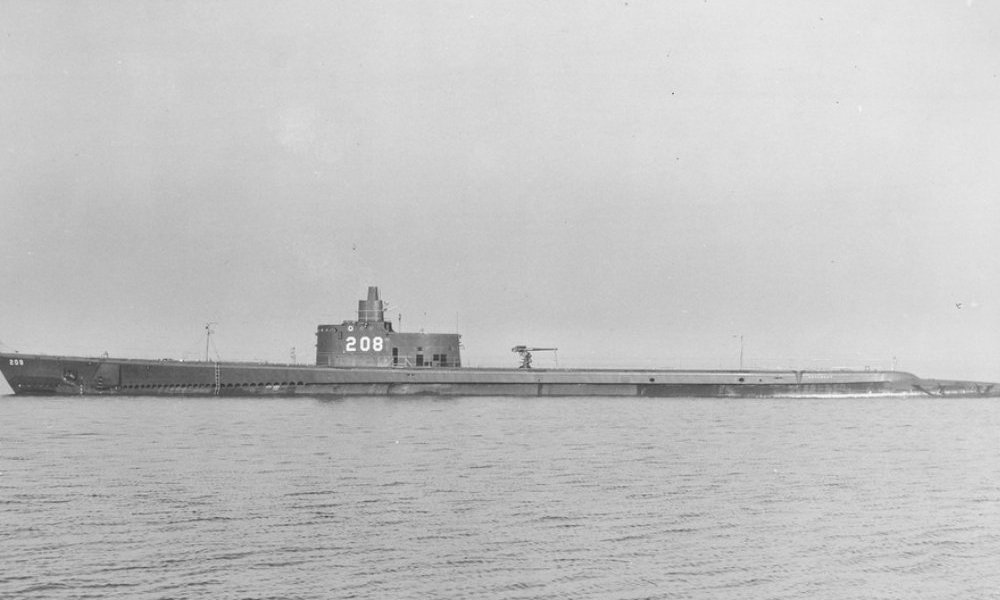
The skilled Electric Boat Company workers had been building submarines since 1899. In fact, they had built the U.S. Navy’s very first submarine: the U.S.S. Holland. And at the time of WWI, Electric Boat Company and associated shipyards built 85 submarines, among other craft, for both the U.S. Navy and the British Royal Navy. Then, during WWII, Electric Boat created another 74 submarines – including the Grayback.
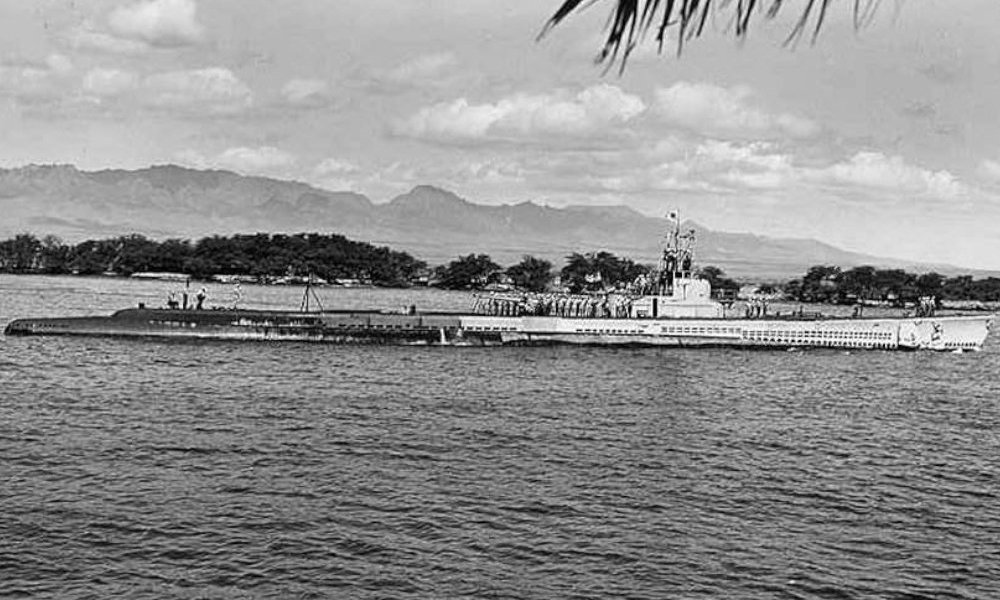
The Grayback was a Tambor-class vessel, of which 12 were built. Seven examples were then destroyed during the war, and Tambor submarines were ultimately taken out of combat service in 1945. The Grayback, of course, was one of those subs that never made it to the end of the conflict.

The size of the Grayback makes this pretty improbable, too. When she was finally completed, she was a little over 300 feet from stem to stern and displaced 2,410 tons when submerged. At her widest point, she measured just over 27 feet, while her maximum surface speed was around 20 knots. Underwater, she could travel at just under nine knots. At a lower speed, the sub could also stay submerged for up to 48 hours, and her range was nearly over 12,500 miles. So it would take a lot to bring her down.

It was powerful, too. The Grayback’s two propellers were driven by four electric motors, charged by a quartet of diesel engines. Her official crew strength was 54 enlisted men and six officers. But as we know, she had 80 men aboard when she disappeared in 1944. And that’s not all.
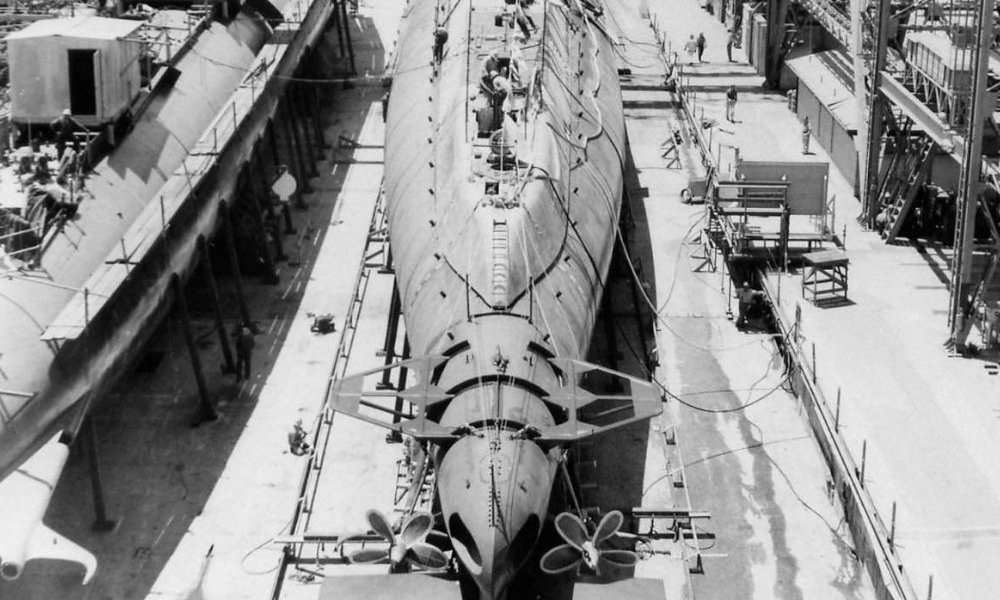
The Grayback was well-equipped, with ten 21-inch torpedo tubes – six set towards the bow and four at the stern. Further armament came in the form of a 50-caliber machine gun and Bofors 40mm and Oerlikon 20mm cannons. These weapons were intended as defense against assault from the air, although they could also be used in attacks on enemy shipping when the sub was surfaced. But they couldn’t prevent the craft’s ultimate fate.
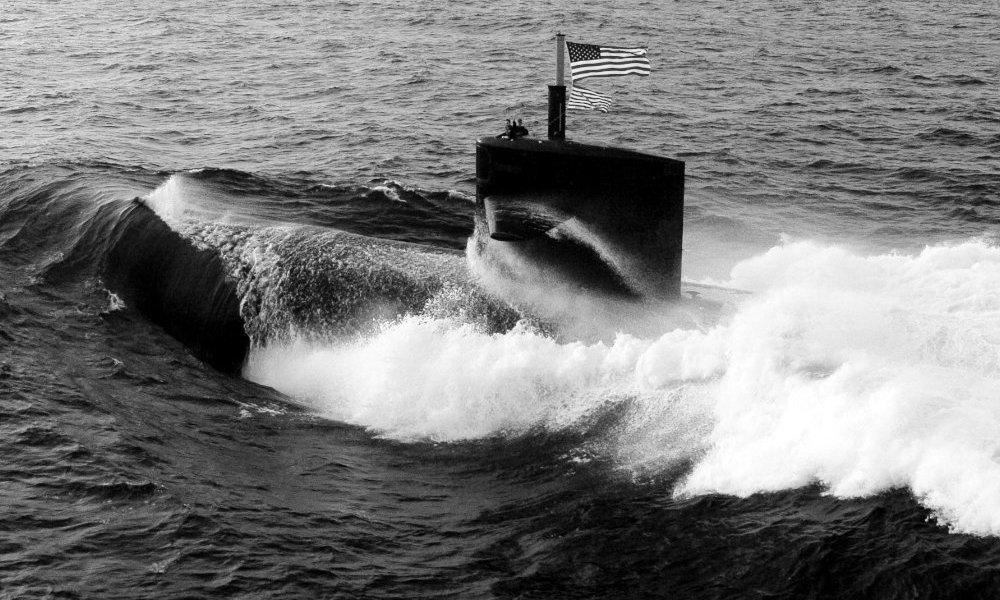
Some ten months after the Electric Boat Company had started her construction, the Grayback was launched on January 31, 1941, by Rear Admiral Wilson Brown’s wife. The submarine was commissioned into the U.S. Navy on June 30 – only five months or so before America became embroiled in WWII. And things started well enough.
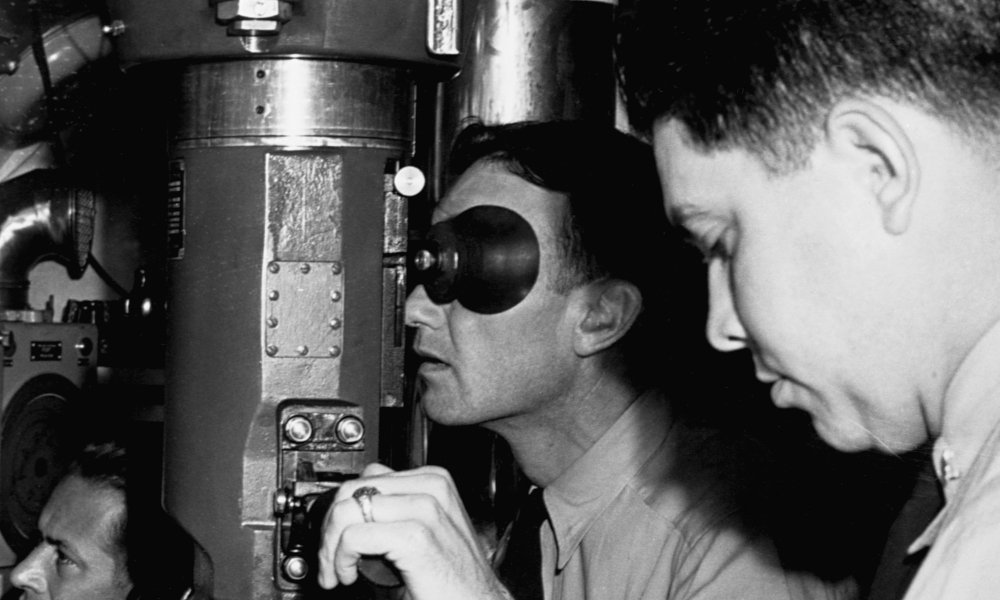
After her commissioning, the Grayback embarked on her shakedown cruise under the command of Lieutenant Willard A. Saunders on Long Island Sound. This was an opportunity to test out the submarine’s systems and to allow the crew to familiarize themselves with the vessel. And with the sub standing up to the task, she finally went on patrol to Chesapeake Bay and the Caribbean in September 1941. Then Pearl Harbor happened.

After further maintenance at Portsmouth Naval Shipyard on the Maine coast, the Grayback headed for Pearl Harbor in February 1942 – as the U.S. was decidedly now a part of the conflict. And things were about to get serious for the boat and her crew. On February 15, the submarine set off on her first wartime patrol. She sailed into the Pacific and cruised along the coasts of the island of Guam, which Japan had attacked in December 1941.

The Grayback also traveled in proximity to the coast of Saipan, which at that time was similarly Japanese territory. And during this patrol – which lasted three weeks – the boat spent four days in a cat-and-mouse game with a Japanese submarine. The skirmish saw the enemy unleash two torpedoes at the Grayback, and while she emerged unscathed from this assault, she was unable to maneuver into position to return fire.
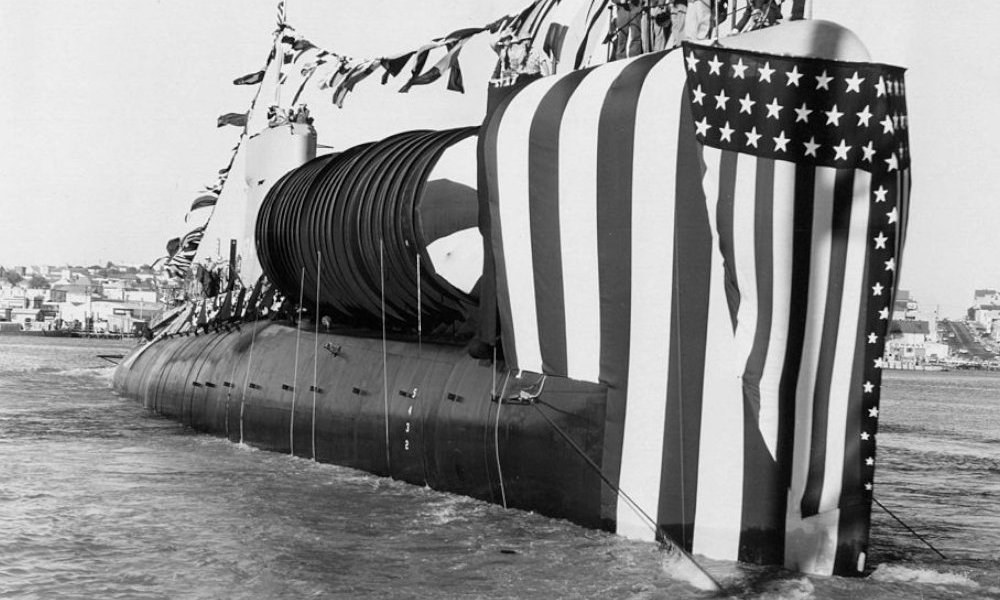
After escaping the attentions of the Japanese sub, though, Grayback succeeded in sinking her first ship: a cargo vessel of 3,291 tons. By contrast, the Grayback’s second patrol was a relatively uneventful affair that ended when she docked at Fremantle. This Western Australian port would be her base for most of the rest of her time in service.
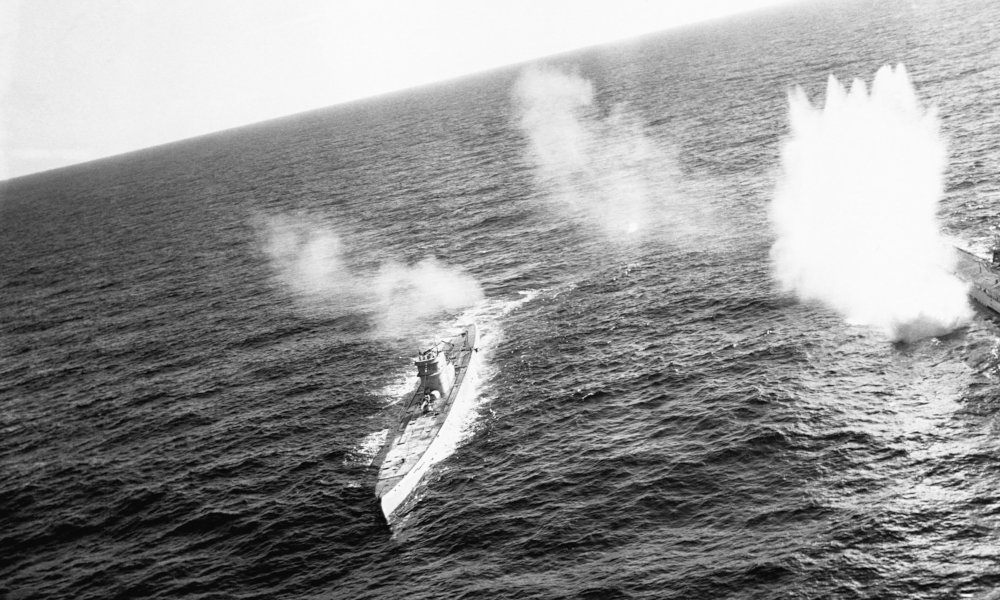
The Grayback’s next two patrols in the South China Sea were blighted by Axis patrol boats, moonlit nights and seas that were difficult to navigate. Nevertheless, she managed to hit an enemy sub and some merchant ships during these spells in the ocean. Then her fifth tour of duty began on December 7, 1942, when she set off from Australia.
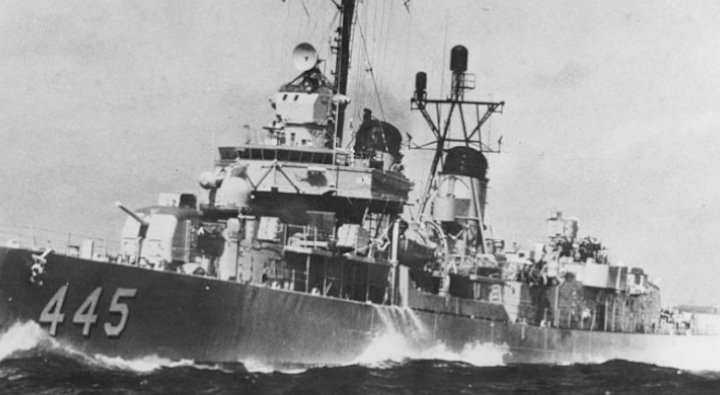
On Christmas Day 1942, the Grayback surfaced, catching four landing barges unawares and proceeding to sink them all. Then, four days later, an enemy sub fired torpedoes at the American craft, although the Grayback’s crew took successful evasive action. The start of 1943 was similarly eventful, as the U.S. sub attacked the Imperial Japanese Navy vessel I-18. And while the I-18 ultimately escaped undamaged this time around, the destroyer U.S.S. Fletcher sank the Japanese boat with depth charges the following month. All her 102 crewmen perished as a consequence.
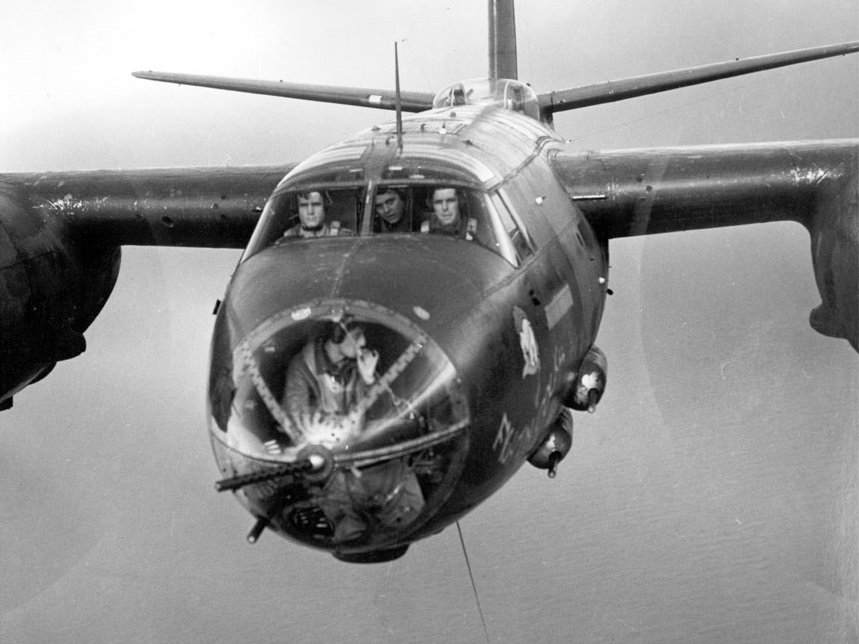
During this fifth tour, moreover, the Grayback carried out a daring rescue operation. Six Americans who had been aboard a wrecked Martin B-26 Marauder bomber were stranded at Munda Bay on the Solomon Islands. Two of the submarine’s men went ashore after dark and found the airmen, while the Grayback went on to dive at dawn to escape the attentions of Japanese planes.
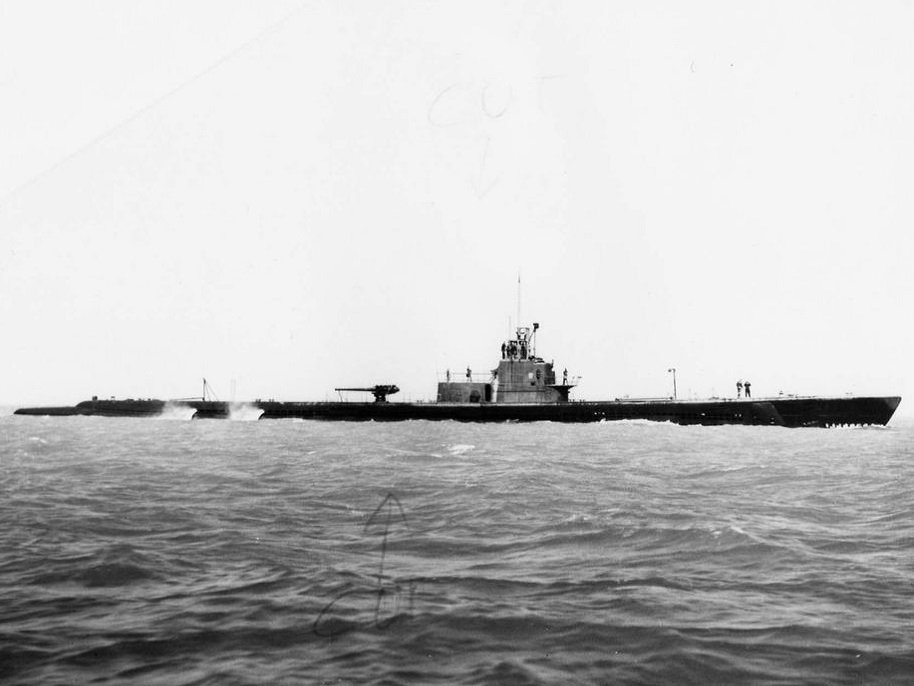
Then, the following night, the two submariners successfully ferried the six survivors back to the Grayback. The boat’s captain, Commander Edward C. Stephan – who had succeeded Saunders in September 1942 – won the Navy Cross for this action along with a U.S. Army Silver Star. Continuing on her mission, the submarine later torpedoed several Japanese craft, although she was ultimately damaged herself by depth charges dropped from an enemy destroyer.

The weapons had damaged a hatch on the Grayback’s hull, and the resulting leakage forced her to return to port in Brisbane, Australia. And, unfortunately, the submarine’s next patrol in February 1943 saw no successful attacks – owing in part to a newly fitted but malfunctioning radar. In any case, the Grayback managed to survive to her seventh tour, which began from Brisbane on April 25, 1943.
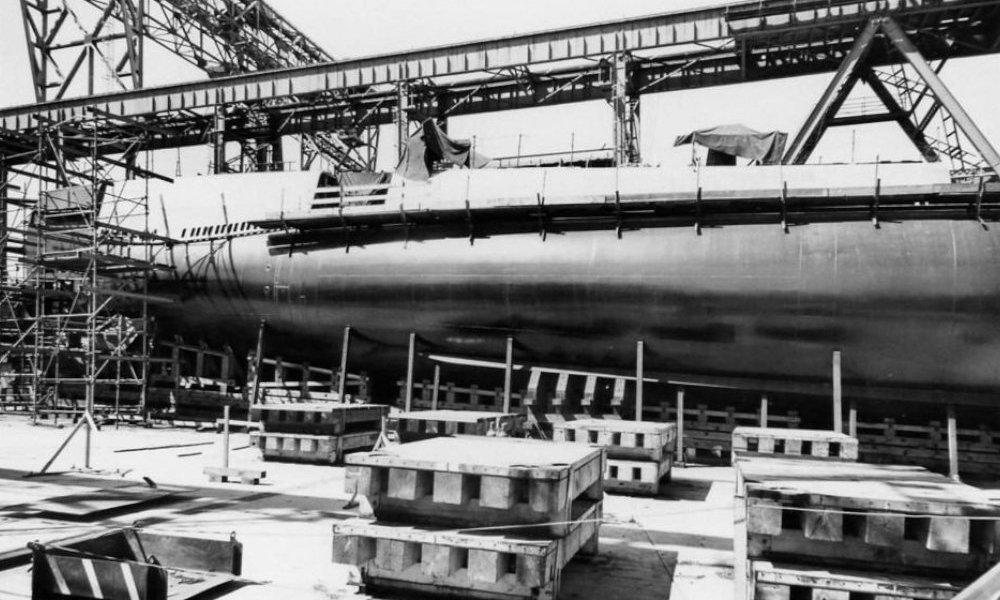
On this cruise, the Grayback came across a Japanese convoy and hit the merchant ship Yodogawa Maru with two torpedoes, sinking her. Then, a few days later, the U.S. vessel torpedoed an enemy destroyer, causing extensive damage. Nor was that the last of the American victories; the following day, the Grayback sank yet another cargo ship, the England Maru, and hit two more. Following these triumphs, then, it was time to sail back to Pearl Harbor and on to San Francisco, California, for a refit.
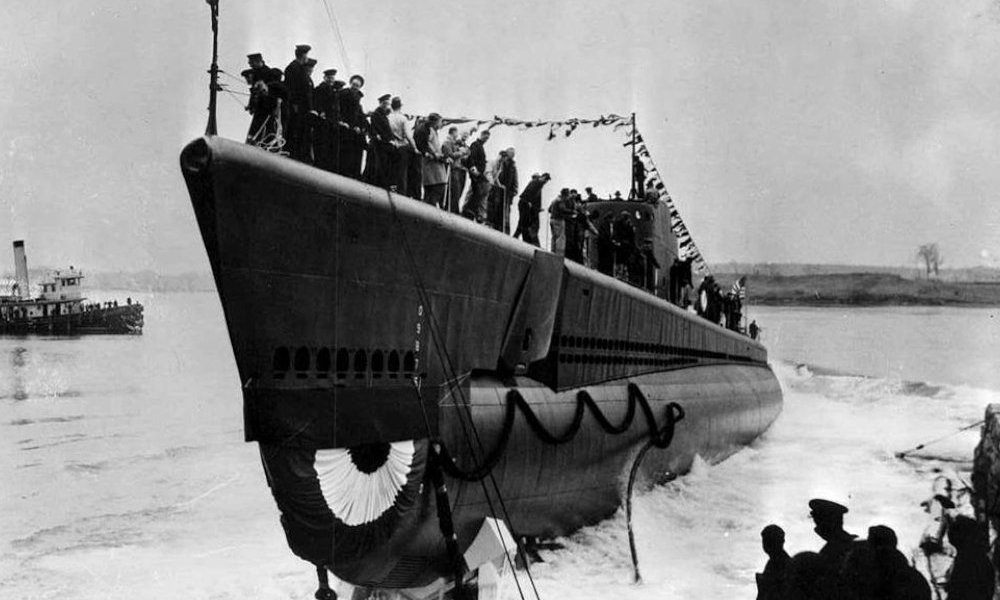
On September 12, 1943, the Grayback was back at Pearl Harbor and ready for another Pacific mission – her eighth of the war – with Commander John Anderson Moore now in charge of the boat. And so two weeks after returning to Pearl Harbor, the submarine set off for Midway Atoll alongside the U.S.S. Shad.
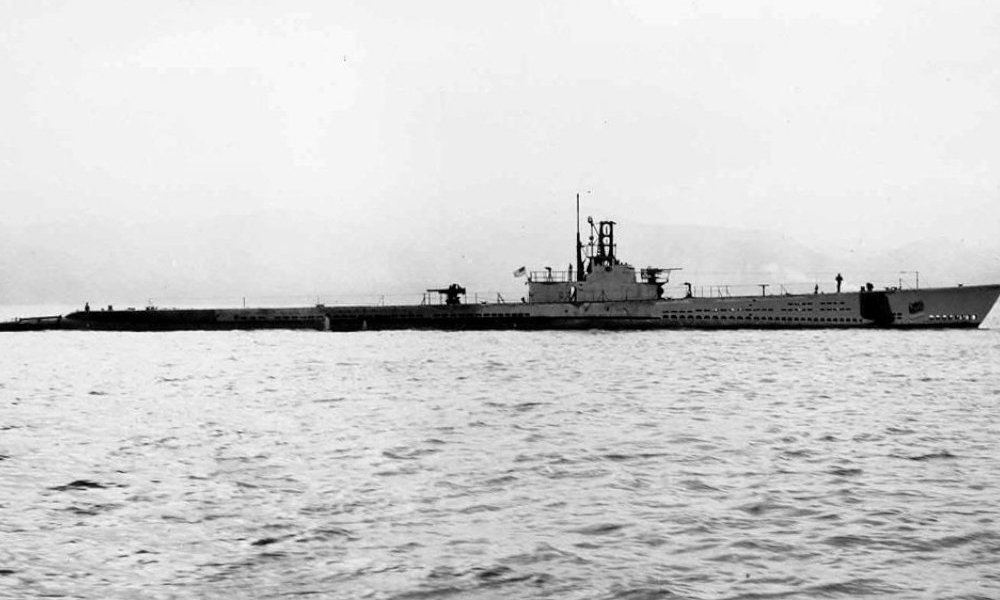
At Midway Atoll, the Grayback and the Shad were joined by the U.S.S. Cero, with the three vessels constituting what was known as a “wolfpack.” This approach of combining submarines as joint attack forces had proved highly successful when used by German U-boats, although it was the first time that the U.S. Navy had tried the tactic.
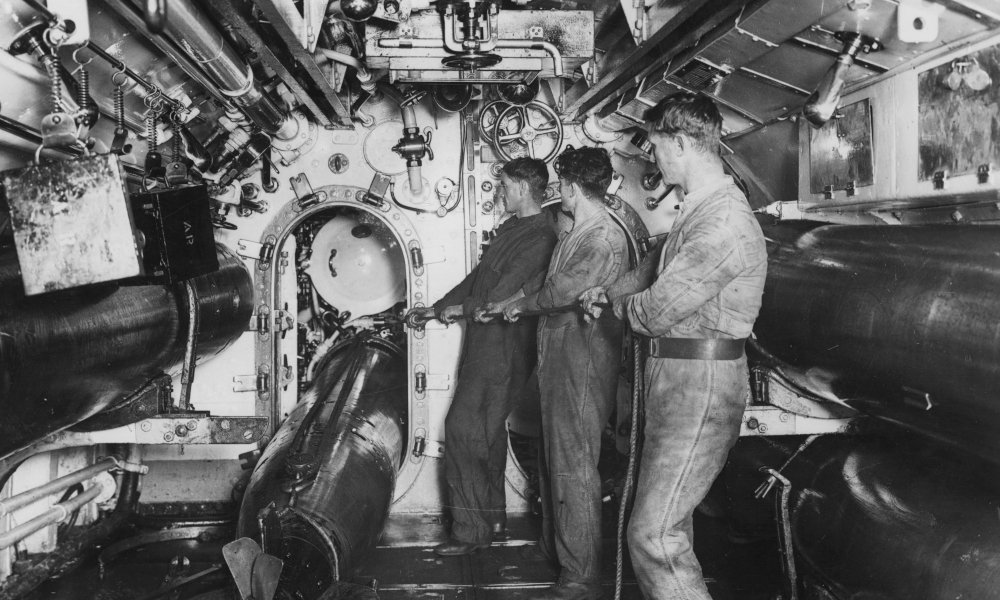
The new stratagem proved to be effective, however. Between them, the three subs accounted for the sinking of 38,000 tons of Japanese shipping and damage to a further 3,300 tons. Having used up all their torpedoes, the trio then turned back to Midway Atoll, arriving there on November 10, 1943. And after the success of this mission, Moore became the second of the Grayback’s skippers to win a Navy Cross.
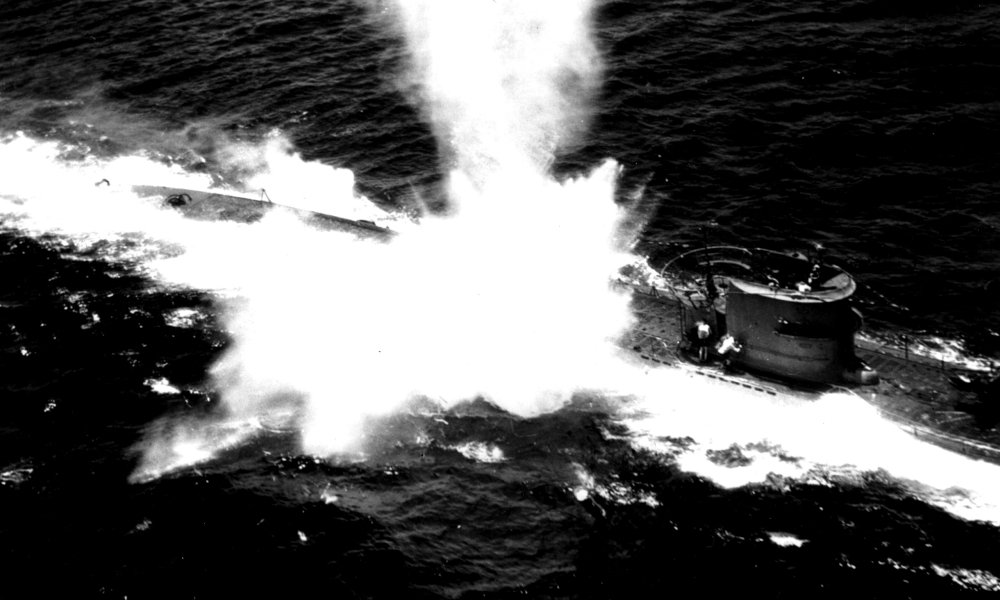
Then, on December 2, 1943, the Grayback set off again from Pearl Harbor for the East China Sea. During this ninth patrol, the submarine fired the entirety of her torpedo supply in five days of attacks, sinking four Japanese ships in the process before returning once again to Pearl Harbor. Commander Moore’s exploits on that tour earned him another Navy Cross.
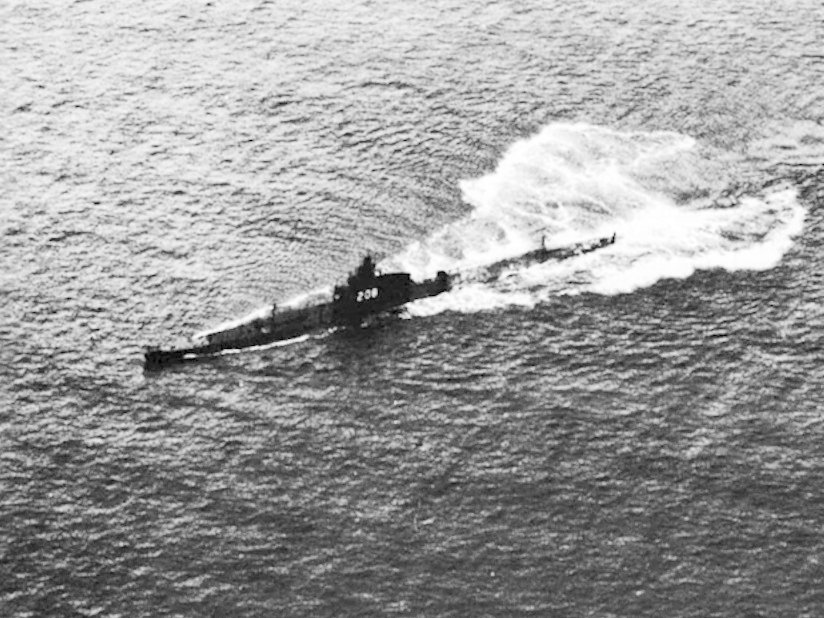
Finally, after stopping off in Pearl Harbor for just over three weeks, the Grayback set sail for her tenth – and, as it turned out, her last – active service mission on January 28, 1944. And as we learned earlier, her last radio contact with base came on February 25. After that, nothing more was ever heard from the submarine, leading the Navy to duly declare her lost on March 30.
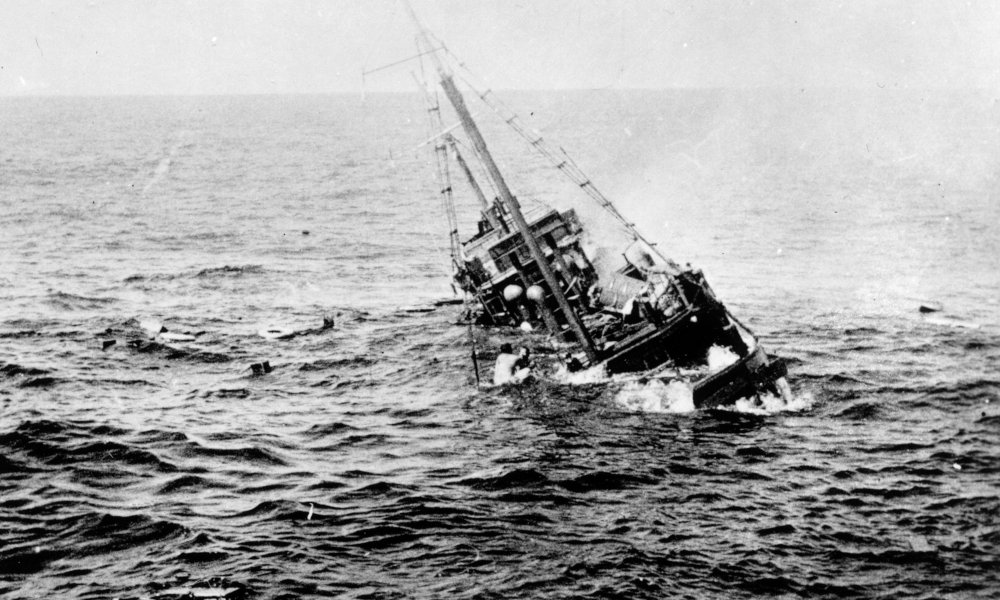
On that final mission, the Grayback had singlehandedly sunk a staggering 21,594 tons of Japanese shipping craft. It had been the third such trip she’d sailed on with Moore at the helm, and the commander was posthumously handed a third Navy Cross for his achievements at sea. The Grayback herself was also ultimately awarded eight battle stars for her WWII service.
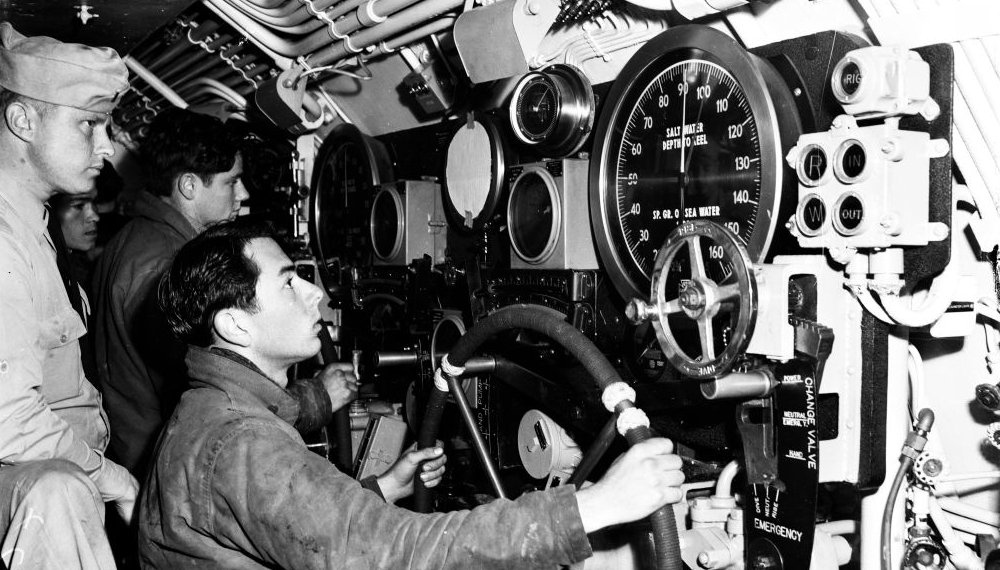
It would be many decades, though, before anyone found out exactly what had happened to the Grayback and her 80-strong crew. Initially, the U.S. Navy believed that she had sunk beneath the waves at around 100 miles to the southeast of the Japanese island of Okinawa. Yet as it was later discovered, this assumption was based on data that included a crucial error.
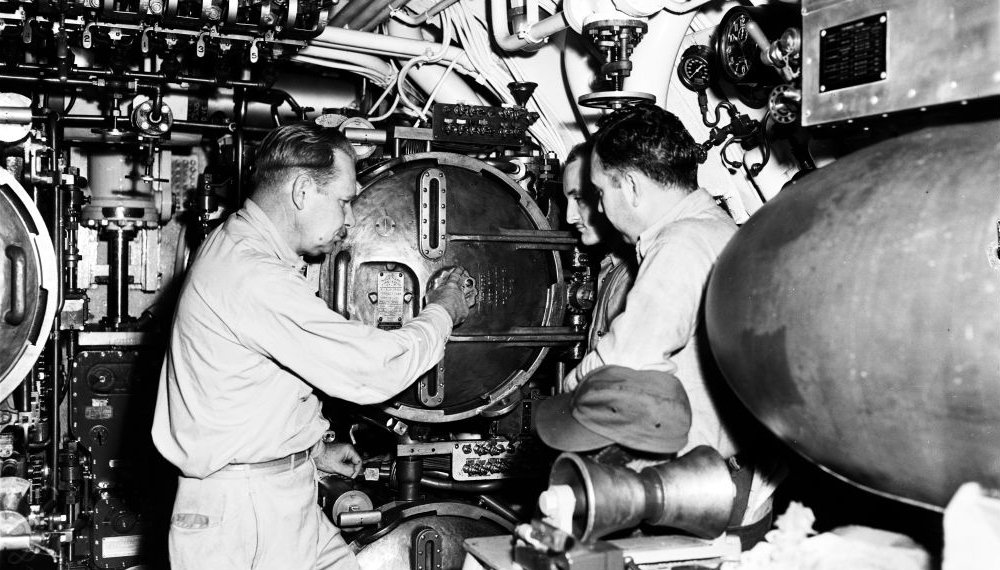
The information that the Navy had relied upon, you see, came from records that had been kept by the Japanese. As it turned out, though, a single digit in a map reference had been wrongly transcribed when the relevant document was being translated. Consequently, the Grayback was actually far from the location that had been assumed over the years.
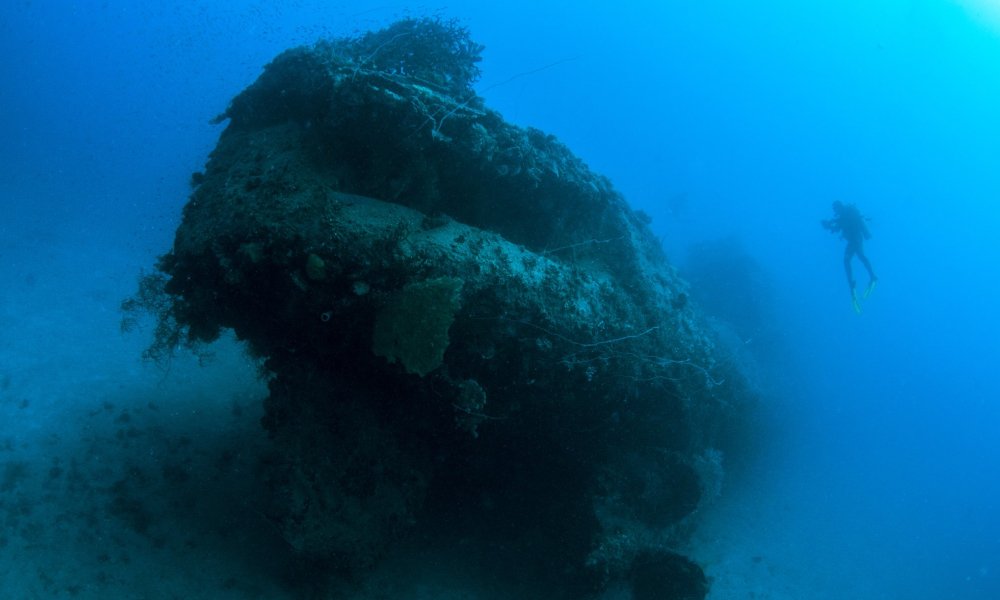
And it wasn’t until 2018, when American Tim Taylor decided to re-examine the case of the Grayback’s disappearance, that the mystery was untangled. Taylor is the founder of the Lost 52 Project – a private enterprise working to find the remains of the 52 submarines that disappeared without trace during the Second World War.

We’ll come back shortly to the results of Taylor’s reinvestigation of the Grayback mystery, but first we’ll focus on him and his organization. The Lost 52 Project started after a successful search for the U.S. submarine R-12, which had been lost in 1943 along with 42 of her crew. Also known as the SS-89, the vessel sank during a training exercise off the coast of Florida.
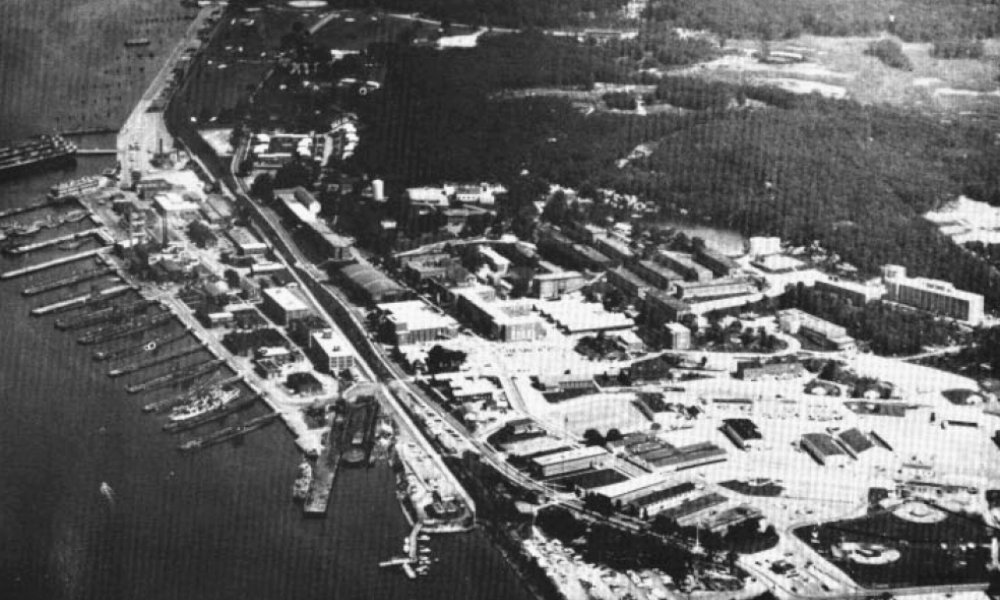
Launched in 1919, the U.S.S. R-12 was something of a veteran, as she had actually been decommissioned from the U.S. Navy in 1932 and assigned to the reserve fleet. With war threatening, however, the Navy brought her back into service in July 1940. The R-12 then sailed to Naval Submarine Base New London at Groton, Connecticut, where she underwent a comprehensive overhaul.

So, in October 1940 the R-12 was ready for active duty, with her first mission being to patrol the waters around the Panama Canal. A year later, the Navy ordered the submarine to return to New London, from where she cruised along the shores of New England. And after the Pearl Harbor attack in December 1941, the R-12 returned to the Panama Canal, where she spent the following ten months.
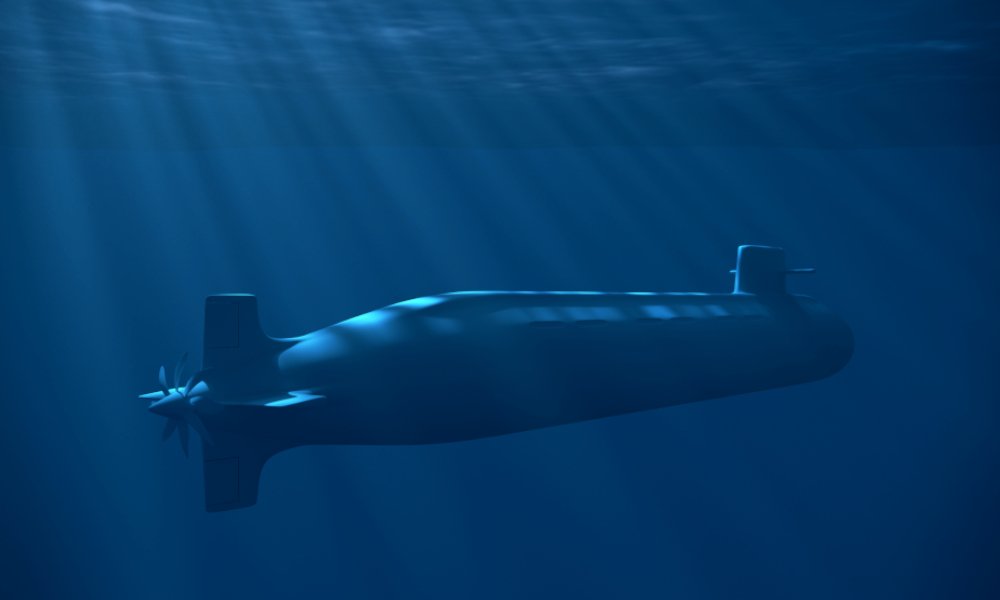
After nearly a year in Panama, the R-12 then went on various cruises until May 1943, when she was reassigned as a training submarine based at Key West, Florida. The following month, however, she was sailing on an exercise when a forward section of the vessel began to take on water. And in mere seconds, the submarine was overwhelmed, leading her to sink to a depth of 600 feet.

As the R-12 began to plunge below the waves, five of her crew who had been above deck on the conning tower – including skipper Lieutenant Commander E. E. Shelby – were thrown overboard into the sea. They were the only survivors of the catastrophic sinking, as the remaining 42 crew members all lost their lives. The cause of the accident was never fully explained, and the wreck remained undiscovered for nearly seven decades.
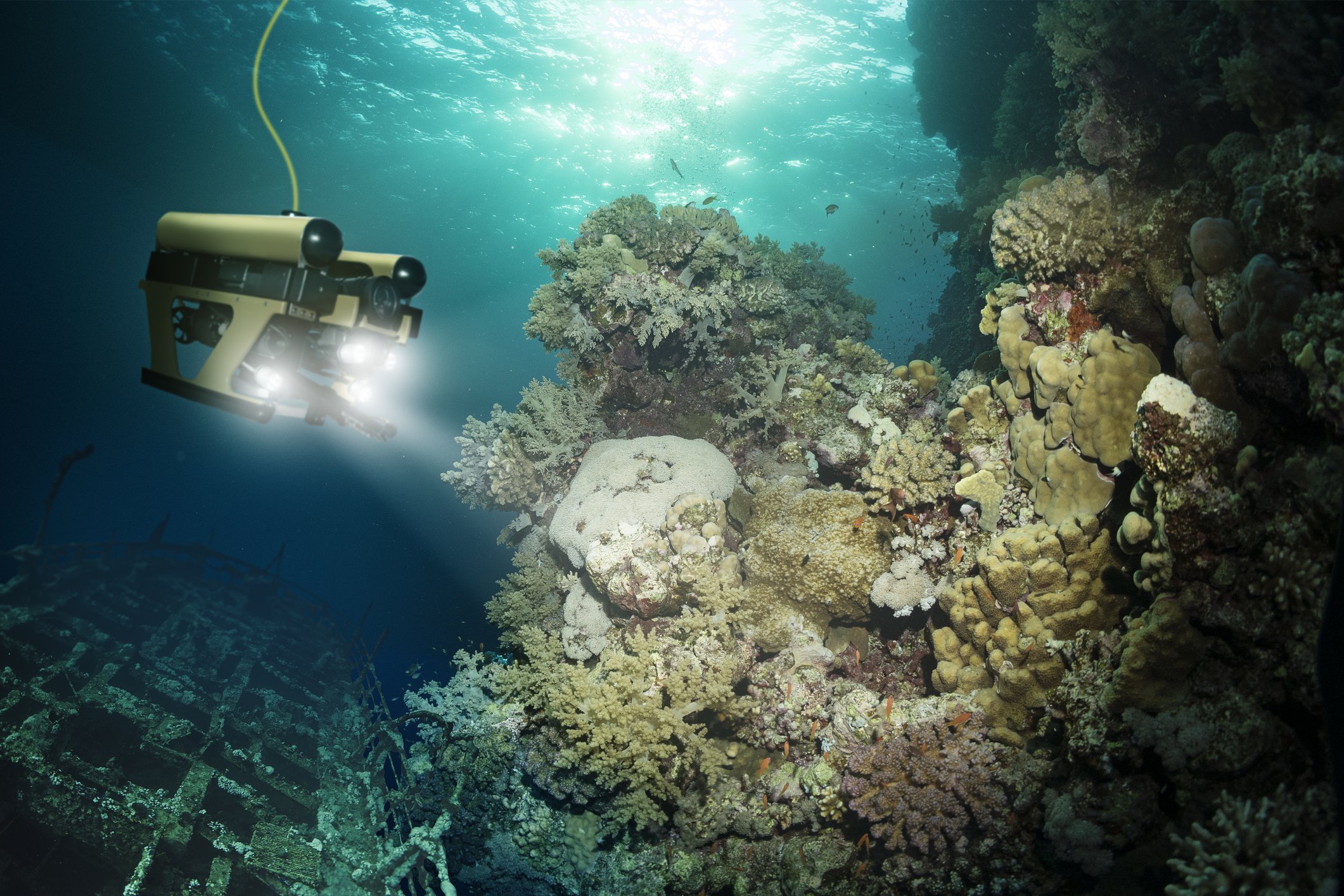
But in fall 2010 Taylor and his crew aboard Research Vessel Tiburon discovered the remains of the R-12 using a high-tech remotely controlled robot. The team also went on to revisit the area on further expeditions, mapping the site and taking images of the wreck. In addition, they made every effort to contact surviving relatives of the submariners who had died in the accident.
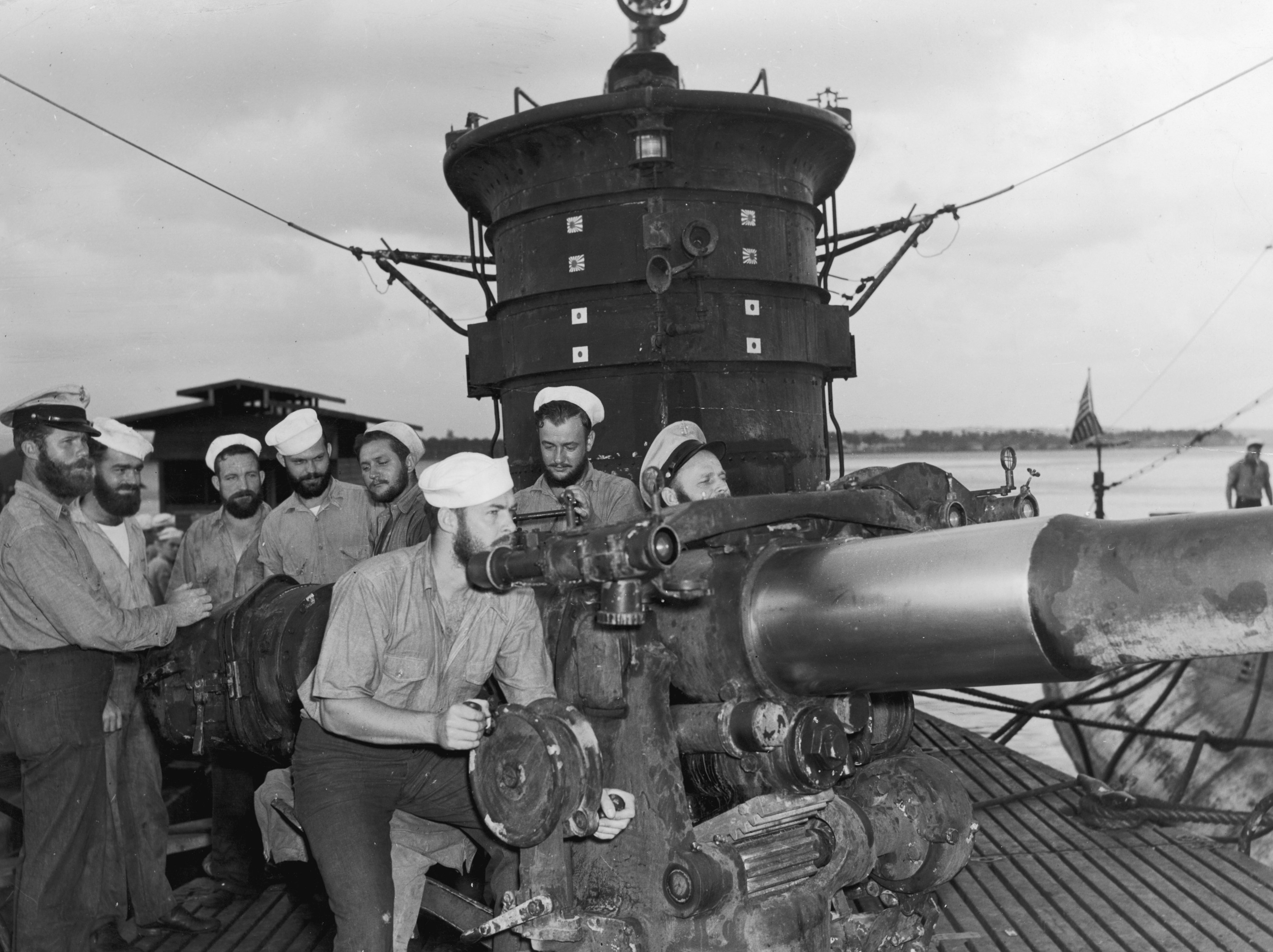
And it was that successful hunt for the wreck of the R-12 that prompted Taylor to found the Lost 52 Project. The organization takes its name from the fact that 52 submarines were sunk without a trace during World War II. These tragedies had an extremely high human cost, too, with 3,505 submariners perishing in total.
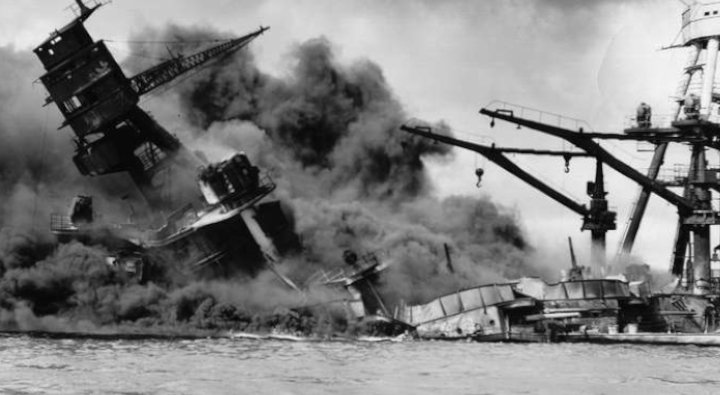
All in all, then, the Lost 52 Project aims to discover the location of all of the U.S. Navy submarines sunk during the war. It’s a tall order, but over the past decade Taylor and his crews have come across five submarines whose precise whereabouts were previously unknown. And their mission goes much further than that, too.
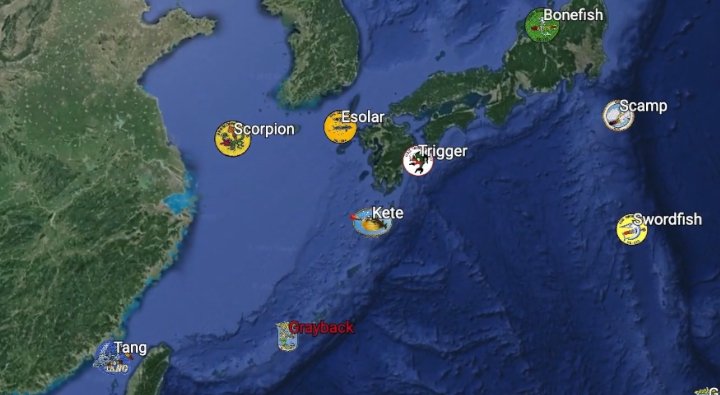
In particular, Taylor wants to both uncover the fates of these sunken subs for posterity and, crucially, to give family members of the lost seamen some closure. And along with locating the craft, Lost 52 works to create comprehensive surveys of the wreckage found, collects artifacts and makes material available for educational purposes.
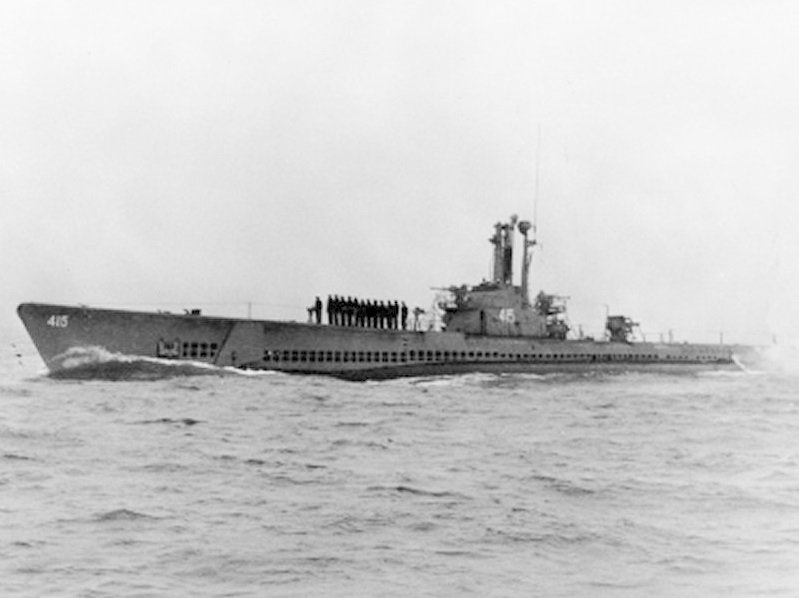
What’s more, the Lost 52 Project has discovered two other WWII submarines alongside the R-12 and the Grayback. The U.S.S. Grunion was found off the coast of Alaska, while the U.S.S. S-28 was located in Hawaiian waters. A Cold War-era vessel, the U.S.S. Stickleback, was similarly found off Hawaii. Altogether, then, Taylor and his team’s efforts have been rewarded by notable successes.
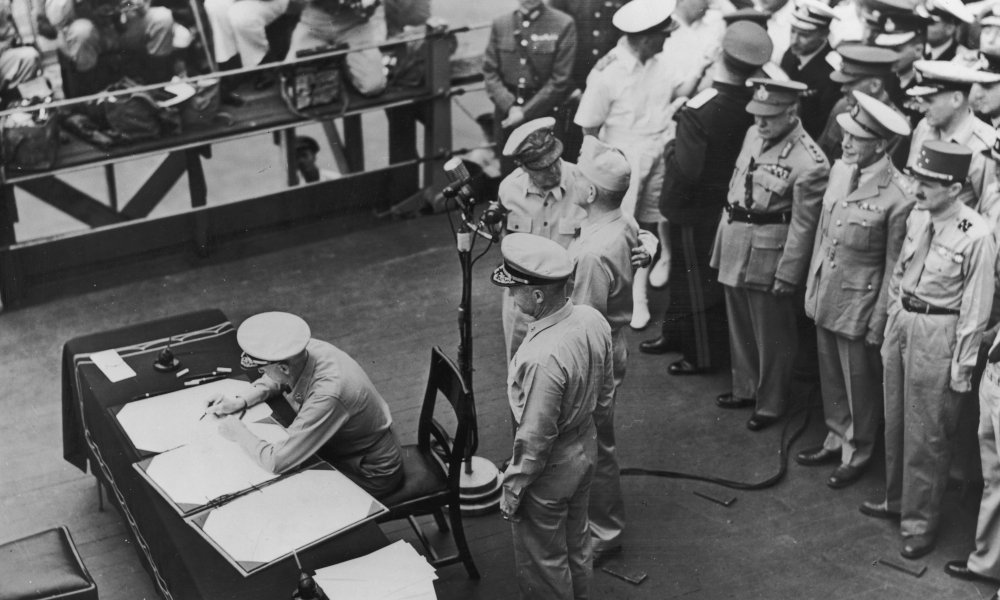
Now we’ll get back to Taylor’s work on finding the Grayback. On the search for the sub, the ocean explorer got in touch with Japanese researcher Yutaka Iwasaki and asked him to comb through the files of the Sasebo base that had been used by the Japanese Imperial Navy during WWII. The records there included daily radio updates from Naha on Okinawa Island, which had been the site of a Japanese naval air facility.
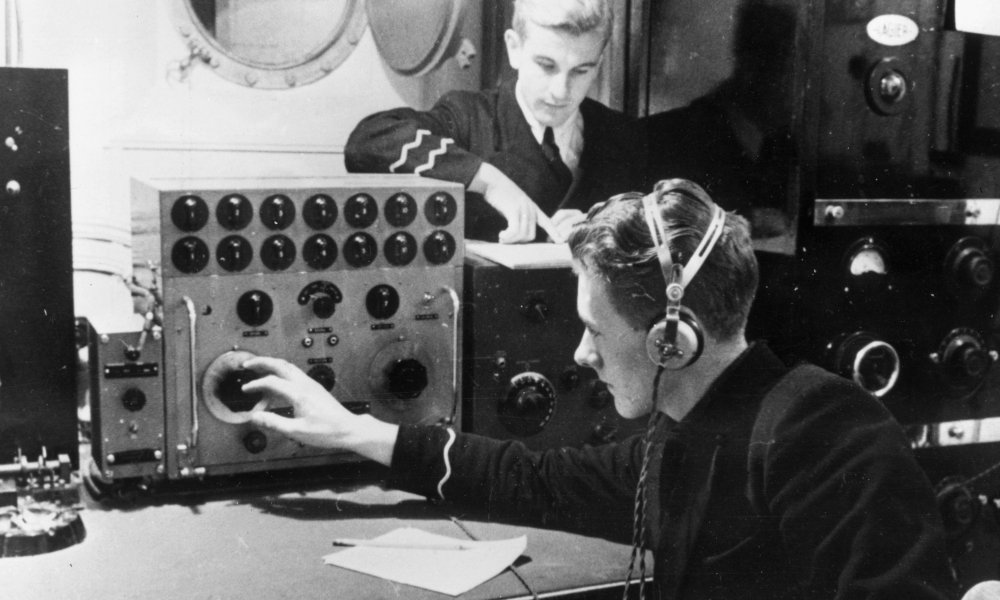
So, Iwasaki duly got to work, upon which he spotted the crucial single-digit error. This mistake had been made in the transcribed version of a report that had been radioed into Sasebo from Naha on February 27, 1944 – just a couple of days after the Grayback had reported back to base for the last time. And the relevant Japanese message detailed an attack by a Nakajima B5N bomber that had taken off from an aircraft carrier.
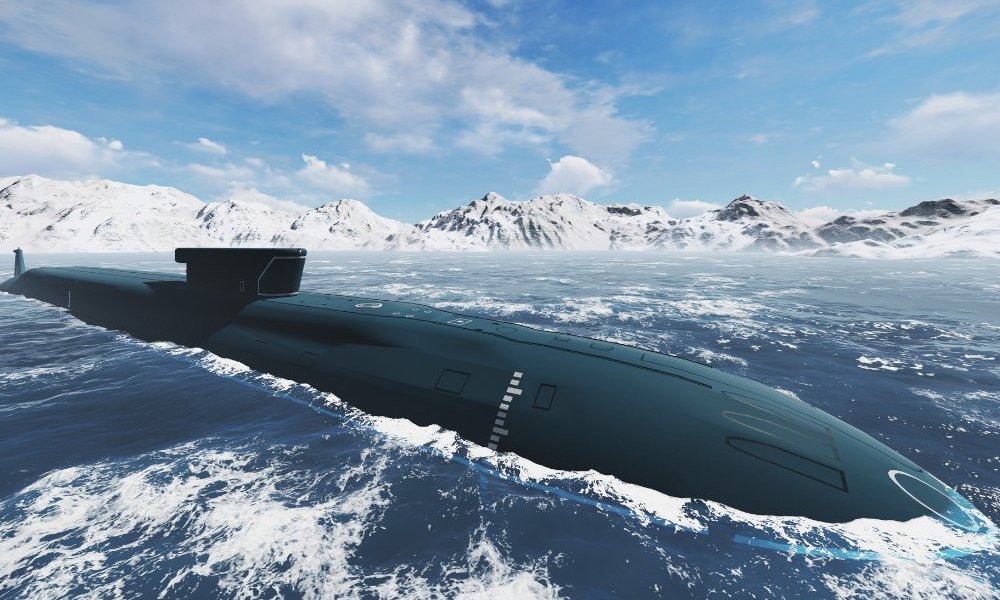
The Nakajima B5N was a Japanese torpedo bomber, and this particular example flying on February 27 had apparently discharged a 500-pound bomb onto a submarine traveling above the waves. The report also described how the device had hit the sub just to the rear of the conning tower. Then, after that, the vessel had blown up and quickly sunk with no apparent survivors.

And while speaking to The New York Times in November 2019, Iwasaki described what he had found in the Japanese wartime files. “In that radio record, there [are] a longitude and a latitude of the attack, very clearly,” he explained. Astonishingly, though, these coordinates marked a location that was more than 100 miles distant from the one the U.S. Navy had assumed to be correct since 1949.
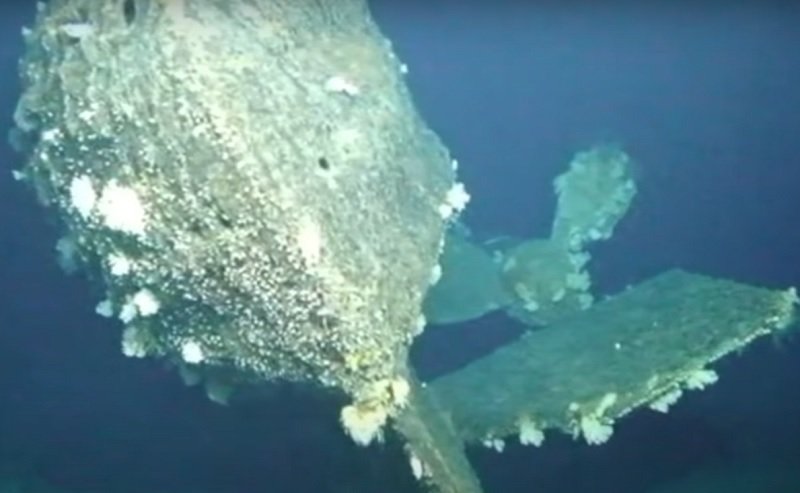
So, armed with this new, accurate information, Taylor felt that there was now a realistic chance of locating the wreck of the Grayback. And, amazingly, the Lost 52 Project team did indeed find the lost submarine, whose hull was almost entirely in one piece even after several decades had passed. Yet this discovery was a cause for mixed emotions among the divers and researchers.
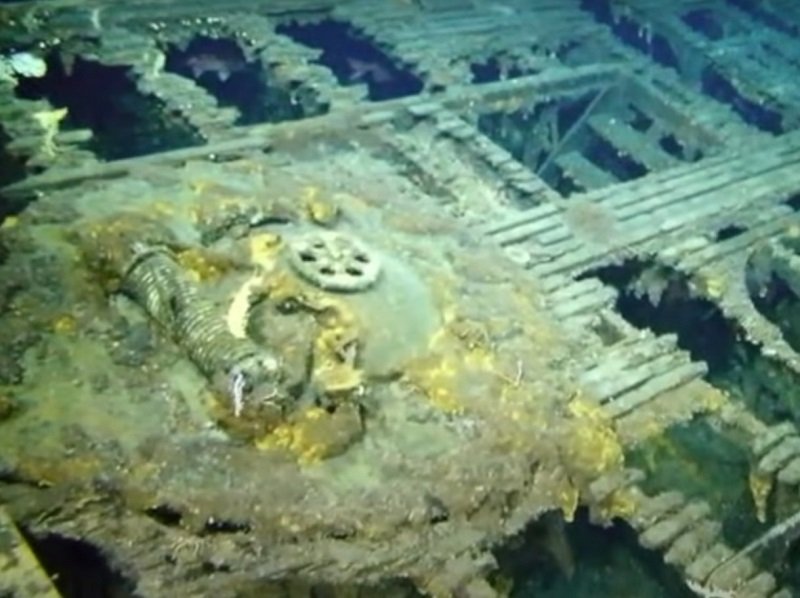
Speaking to The New York Times, Taylor recalled the feelings of the Lost 52 team. “We were elated. But it’s also sobering because we just found 80 men,” he said. And, of course, there were others for whom this discovery was a momentous event. They were the relatives of the submariners who had lost their lives aboard the Grayback.
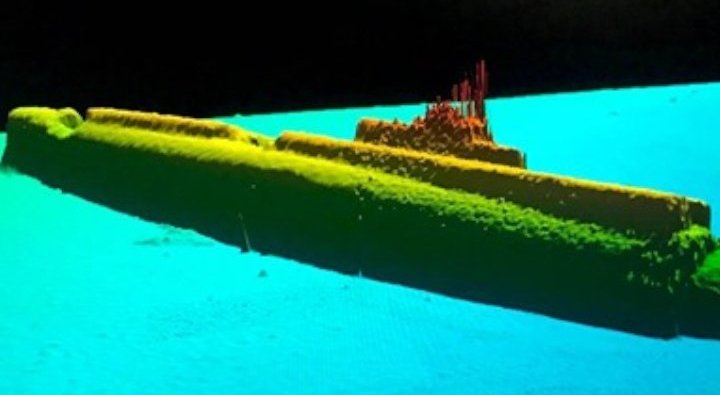
One of the people greatly affected by the news that the Grayback’s remains had been discovered was Gloria Hurney, whose uncle Raymond Parks had served aboard the submarine as an electrician’s mate, first class. In November 2019 she told ABC News, “There’s a book I read, and it says these ships are known only to God. But now we know where the Grayback is.”

Hurney also spoke to CNN that same month, telling a reporter, “The discovery brings closure to the questions that surrounded the Grayback as far as its sinking and location. I believe it will allow healing as relatives of crew members come together to share their stories.” Hurney added that upon first hearing about the discovery, she had felt shock and grief. But later on, the news had brought peace and comfort.
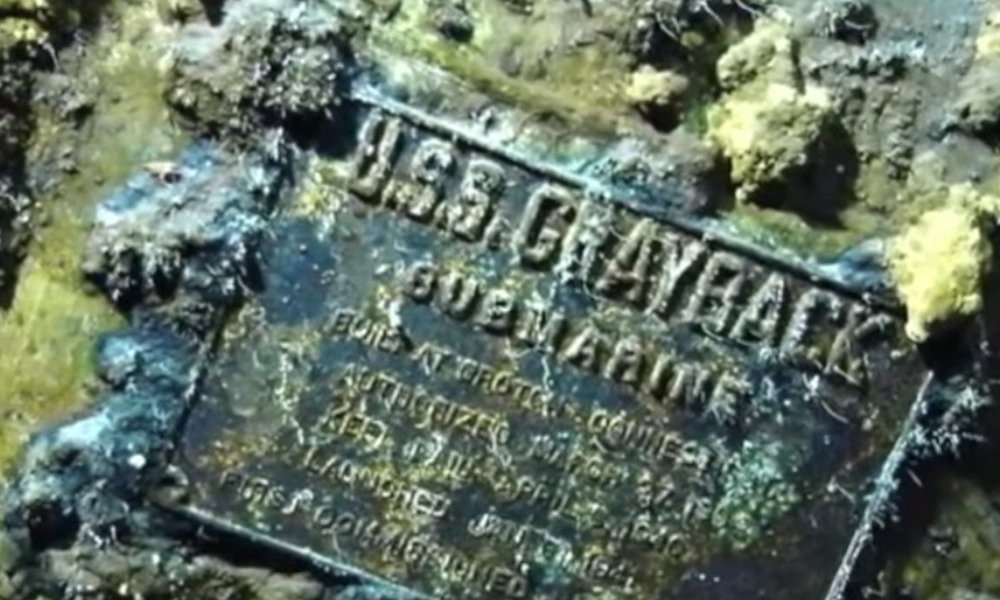
Kathy Taylor is another relative of one of those who lost their lives aboard the Grayback, as John Patrick King – who served as an electrician’s mate, third class – had been both her uncle and godfather. And while speaking to ABC News, she paid touching tribute to the late veteran, saying, “I committed from the very beginning, from a little girl, that I was gonna find him or follow him or keep his memory alive – whatever I could do.”
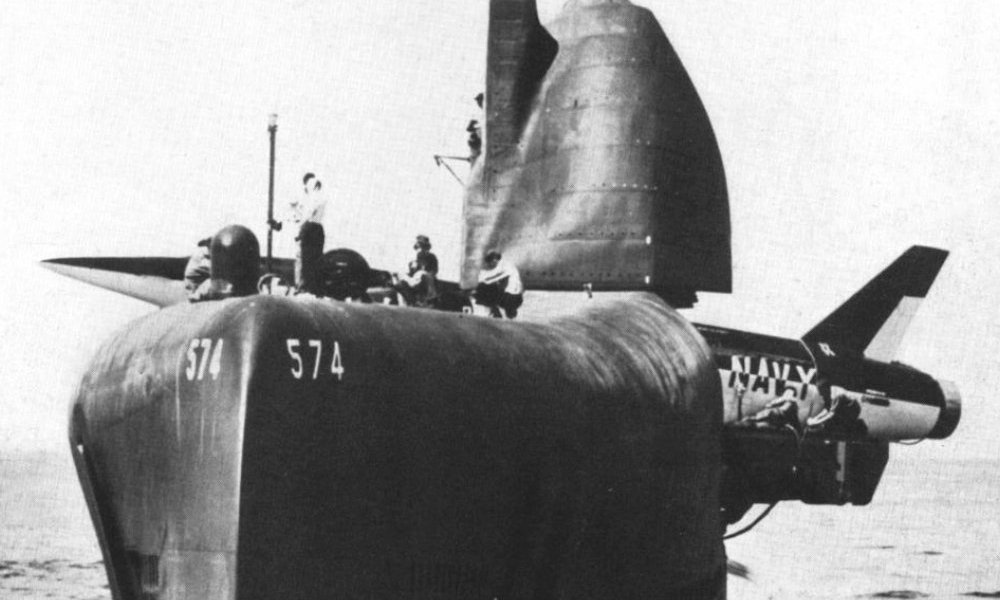
But the loss of the Grayback didn’t spell the end of its legacy. That’s because a second Grayback submarine with the Navy designation of SSG-574 went into service in July 1957 – 14 years after the first craft had sunk. And, fittingly, she was launched by Mrs. Virginia S. Moore, the widow of the original Grayback’s final skipper, Commander John A. Moore.
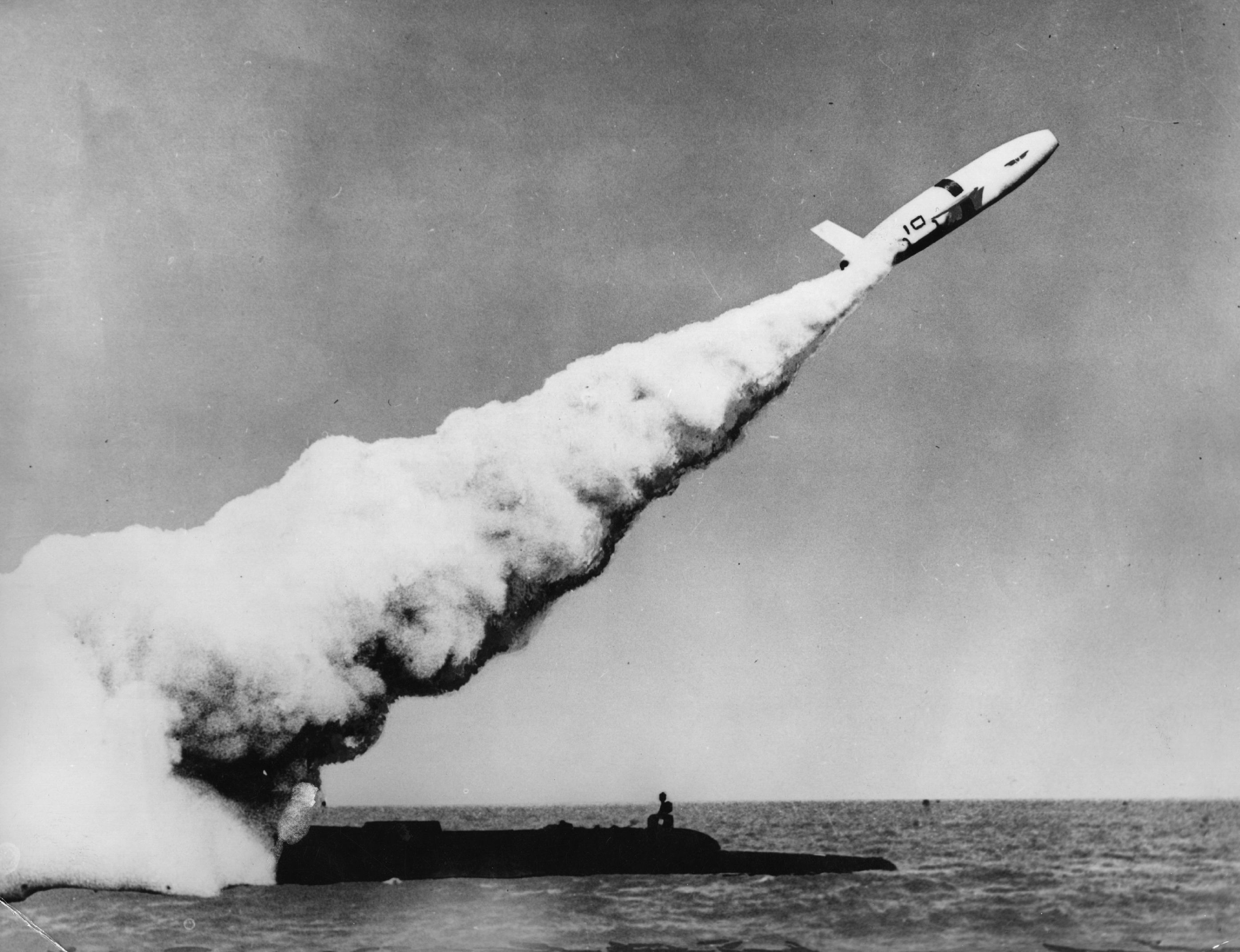
The new Grayback was built at California’s Mare Island Naval Shipyard, and her cutting-edge technology made her a step up from her illustrious predecessor. For instance, the weaponry on the ’50s sub included guided missiles – an innovation not available when the first Grayback was launched in 1941.
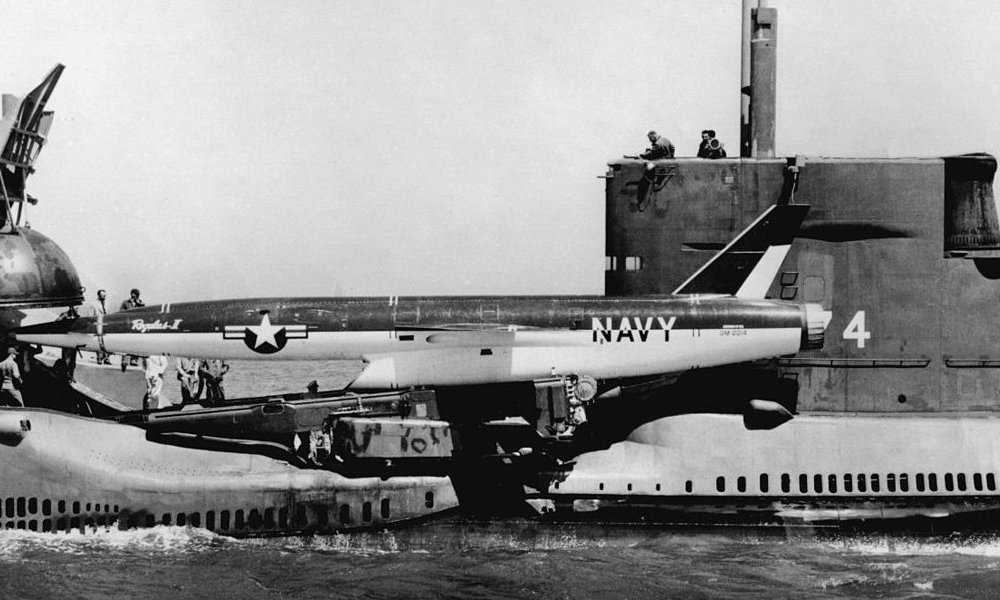
In fact, the newer craft was the very first vessel to deploy a Regulus II sea-to-surface missile. As the weapons program was canceled not long after the Grayback’s launch, though, in practice she actually carried four Regulus I missiles that gave her the ability to hit targets on land. And in February 1959 the submarine was based at Pearl Harbor in Hawaii.
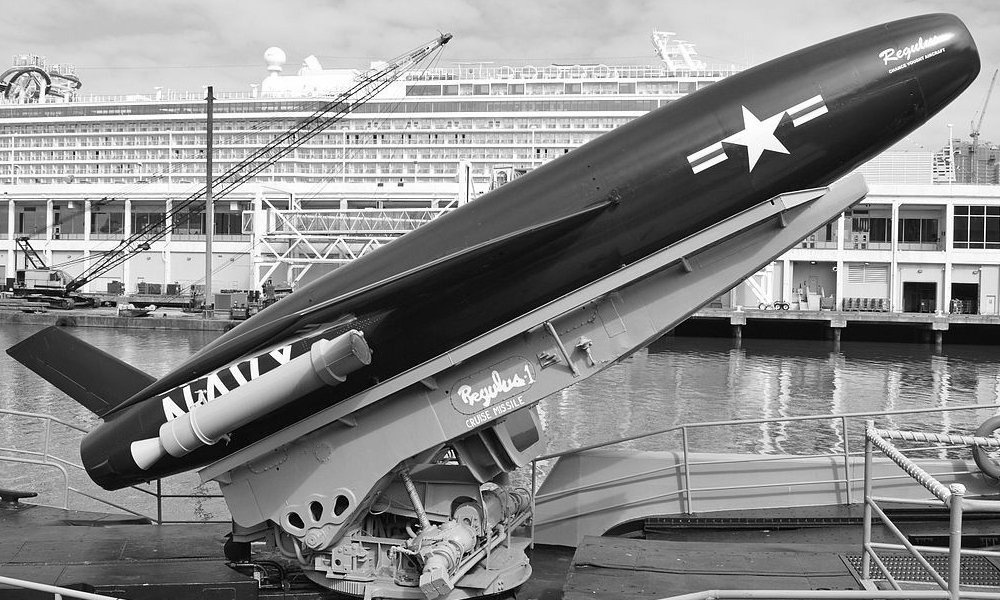
This Grayback started at a length of 273 feet – although she was later enhanced to 317 feet – and a little over 27 feet across her beam. And as well as being equipped to launch Regulus I missiles capable of carrying nuclear warheads, she possessed eight conventional torpedo tubes. Two of these were positioned towards the stern, while the other six were at the bow.

Sailing from her base at Pearl Harbor, the Grayback made a series of cruises as a deterrent, including through the waters off Alaska and Japan. And in the years up to 1963, the submarine was on almost constant patrol, spending much of that time cruising underwater. Eventually, though, that tough schedule harmed the Grayback’s systems.

Then in August 1963 those years of service caught up with the Grayback. In that month, as the sub cruised near the surface to recharge her batteries, she was caught in heavy seas. The sheer force of those strong waves caused a main battery fault, which resulted in a fire breaking out in the crew’s sleeping quarters. One submariner lost his life in the incident, while five others were injured. However, after a couple of weeks in repair, the Grayback was back on active service.
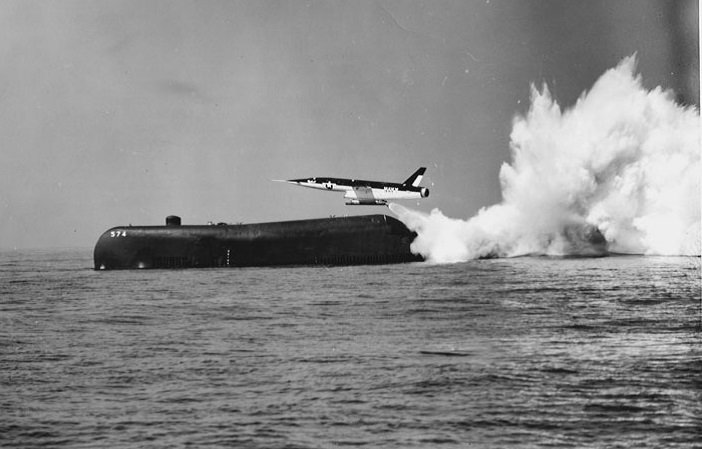
The blighted sub had a life long after that, too, although at first it seemed as though she was surplus to requirements. By 1964, you see, a new generation of Polaris missiles and submarines had come online, and so ultimately the Grayback was decommissioned in May of that year. But she came back into service in August 1968 after having been deployed in the role of amphibious transport submarine – and with the new designation of LPSS-574. Now, her adapted missile silos were able to carry up to 67 people on board.
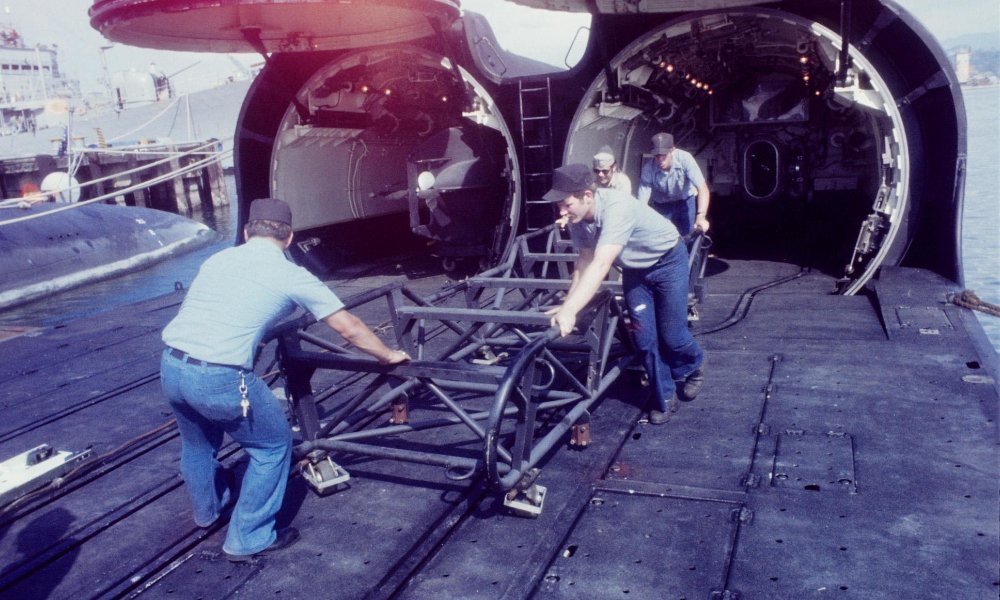
In June 1972, then, the Grayback transported a unit of Navy SEALs to the coast of Vietnam. They had been deployed as part of Operation Thunderhead – an attempt to liberate two American airmen who were believed to have fled a Viet Cong prisoner-of-war camp. However, unbeknown to the Navy, that dash to freedom had been aborted. And in the attempt to locate the men, one SEAL, Lieutenant Melvin Spence Dry, lost his life parachuting from a helicopter.
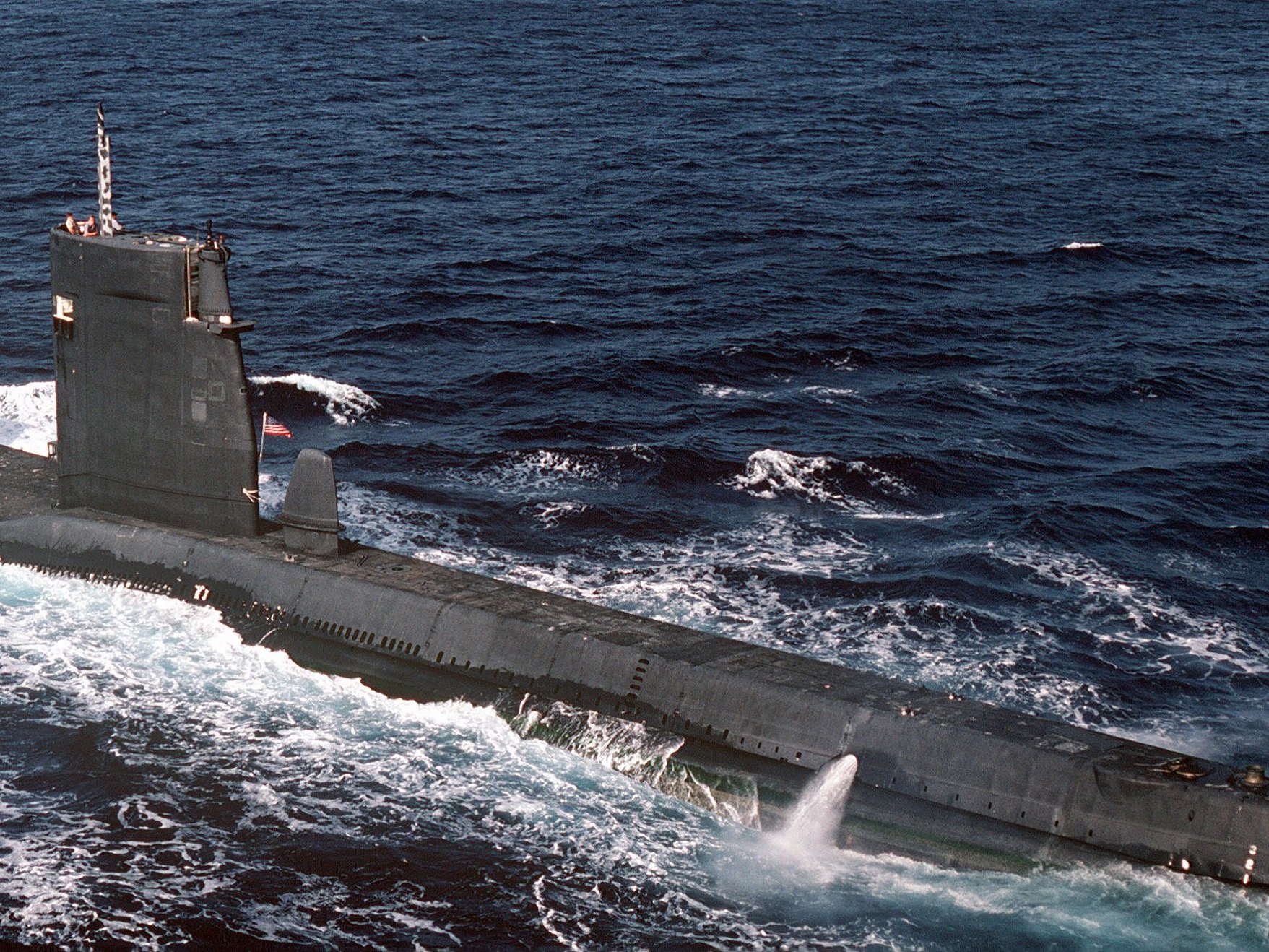
More tragedy befell the Grayback in 1982 when she was involved in an accident that ultimately cost the lives of five Navy divers. After the men involved had been on a training dive, they subsequently returned to the craft, which had been cruising in Subic Bay near to the Philippines island of Luzon. When a crucial ventilation valve failed to operate properly, however, the five perished inside a decompression chamber.
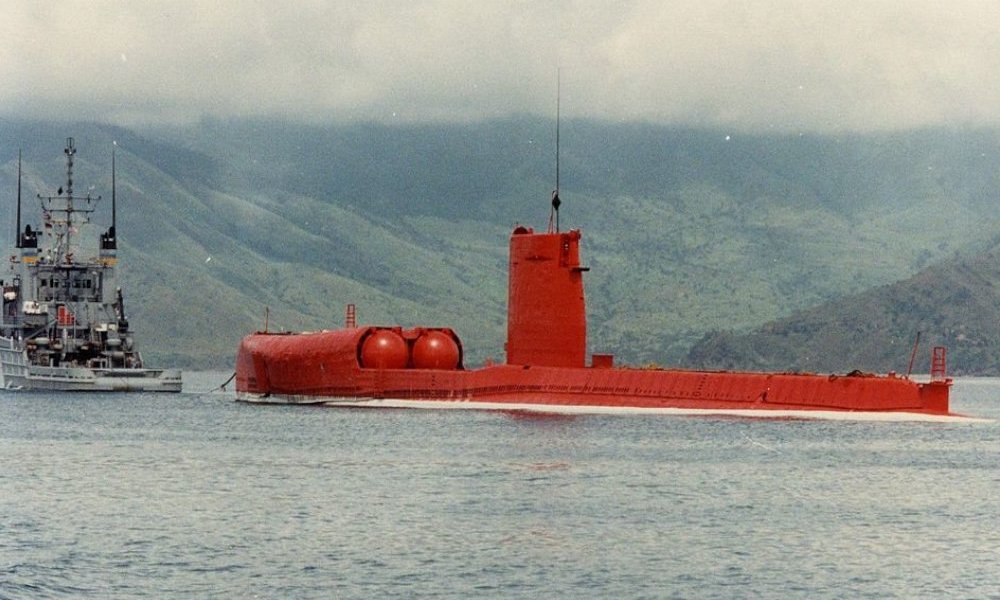
Not long after this sad event, the Navy finally decommissioned the second Grayback in January 1984. But she still had one last role to play. Strangely, this required the submarine to be decorated in a glaring shade of orange. Sporting her new color scheme, the sub was then towed out to Subic Bay on April 13, 1986, before being scuttled and used for target practice. And that, finally, was the end of the Grayback’s story.

The sub the researchers were searching for is the U.S.S. Grayback. Or, as it was less lyrically known, the S.S.-208. This salvage operation was carried out on behalf of the Lost 52 Project, which is dedicated to locating the 52 U.S. submarines that disappeared in WWII. That’s right: the U.S. Navy had posted the Grayback as missing in late March 1944, over 75 years ago. And little is known about the sub’s mysterious disappearance.

Here are the facts. On January 28, 1944, the Grayback embarked on a combat patrol from Pearl Harbor. It was her tenth mission – and, as it happens, it would be her final one. The sub sent a message back to base on February 24, reporting that she’d sunk the Japanese freighters Toshin Maru and Taikei Maru and hit two others. But that wasn’t the last anybody heard from her.

The sub made another report on February 25. Her crew said the craft had done serious damage to the liner Asama Maru – a Japanese troop carrier – and sunk the tanker Nanpo Maru. But these attacks over two days had left the Grayback with just two torpedoes. So she had to set sail to Midway Atoll in the North Pacific for resupply. Yet the craft never arrived.

That February 25 radio message was the last anyone heard from the Grayback. Navy commanders had anticipated that the submarine would dock at Midway Atoll on March 7, 1944 – but there was no sign of her on that date. Even more alarmingly, the Grayback still hadn’t appeared three weeks later. So the authorities had no choice but to declare her and her crew of 80 as lost at sea. They did this on March 30. Still the question remained: what had happened to the Grayback?

Dozens of men had seemingly perished, leaving their devastated loved ones looking for answers. But there was simply no trace of the submarine that had proved to be a huge asset to the U.S. Navy. And make no mistake about it: the Grayback and her crew had played their part in many WWII battles. That’s perhaps not surprising when you consider the craft was built at the legendary Groton, Connecticut’s Electric Boat Company.

The skilled Electric Boat Company workers had been building submarines since 1899. In fact, they had built the U.S. Navy’s very first submarine: the U.S.S. Holland. And at the time of WWI, Electric Boat Company and associated shipyards built 85 submarines, among other craft, for both the U.S. Navy and the British Royal Navy. Then, during WWII, Electric Boat created another 74 submarines – including the Grayback.

The Grayback was a Tambor-class vessel, of which 12 were built. Seven examples were then destroyed during the war, and Tambor submarines were ultimately taken out of combat service in 1945. The Grayback, of course, was one of those subs that never made it to the end of the conflict.

The size of the Grayback makes this pretty improbable, too. When she was finally completed, she was a little over 300 feet from stem to stern and displaced 2,410 tons when submerged. At her widest point, she measured just over 27 feet, while her maximum surface speed was around 20 knots. Underwater, she could travel at just under nine knots. At a lower speed, the sub could also stay submerged for up to 48 hours, and her range was nearly over 12,500 miles. So it would take a lot to bring her down.

It was powerful, too. The Grayback’s two propellers were driven by four electric motors, charged by a quartet of diesel engines. Her official crew strength was 54 enlisted men and six officers. But as we know, she had 80 men aboard when she disappeared in 1944. And that’s not all.

The Grayback was well-equipped, with ten 21-inch torpedo tubes – six set towards the bow and four at the stern. Further armament came in the form of a 50-caliber machine gun and Bofors 40mm and Oerlikon 20mm cannons. These weapons were intended as defense against assault from the air, although they could also be used in attacks on enemy shipping when the sub was surfaced. But they couldn’t prevent the craft’s ultimate fate.

Some ten months after the Electric Boat Company had started her construction, the Grayback was launched on January 31, 1941, by Rear Admiral Wilson Brown’s wife. The submarine was commissioned into the U.S. Navy on June 30 – only five months or so before America became embroiled in WWII. And things started well enough.

After her commissioning, the Grayback embarked on her shakedown cruise under the command of Lieutenant Willard A. Saunders on Long Island Sound. This was an opportunity to test out the submarine’s systems and to allow the crew to familiarize themselves with the vessel. And with the sub standing up to the task, she finally went on patrol to Chesapeake Bay and the Caribbean in September 1941. Then Pearl Harbor happened.

After further maintenance at Portsmouth Naval Shipyard on the Maine coast, the Grayback headed for Pearl Harbor in February 1942 – as the U.S. was decidedly now a part of the conflict. And things were about to get serious for the boat and her crew. On February 15, the submarine set off on her first wartime patrol. She sailed into the Pacific and cruised along the coasts of the island of Guam, which Japan had attacked in December 1941.

The Grayback also traveled in proximity to the coast of Saipan, which at that time was similarly Japanese territory. And during this patrol – which lasted three weeks – the boat spent four days in a cat-and-mouse game with a Japanese submarine. The skirmish saw the enemy unleash two torpedoes at the Grayback, and while she emerged unscathed from this assault, she was unable to maneuver into position to return fire.

After escaping the attentions of the Japanese sub, though, Grayback succeeded in sinking her first ship: a cargo vessel of 3,291 tons. By contrast, the Grayback’s second patrol was a relatively uneventful affair that ended when she docked at Fremantle. This Western Australian port would be her base for most of the rest of her time in service.

The Grayback’s next two patrols in the South China Sea were blighted by Axis patrol boats, moonlit nights and seas that were difficult to navigate. Nevertheless, she managed to hit an enemy sub and some merchant ships during these spells in the ocean. Then her fifth tour of duty began on December 7, 1942, when she set off from Australia.

On Christmas Day 1942, the Grayback surfaced, catching four landing barges unawares and proceeding to sink them all. Then, four days later, an enemy sub fired torpedoes at the American craft, although the Grayback’s crew took successful evasive action. The start of 1943 was similarly eventful, as the U.S. sub attacked the Imperial Japanese Navy vessel I-18. And while the I-18 ultimately escaped undamaged this time around, the destroyer U.S.S. Fletcher sank the Japanese boat with depth charges the following month. All her 102 crewmen perished as a consequence.

During this fifth tour, moreover, the Grayback carried out a daring rescue operation. Six Americans who had been aboard a wrecked Martin B-26 Marauder bomber were stranded at Munda Bay on the Solomon Islands. Two of the submarine’s men went ashore after dark and found the airmen, while the Grayback went on to dive at dawn to escape the attentions of Japanese planes.

Then, the following night, the two submariners successfully ferried the six survivors back to the Grayback. The boat’s captain, Commander Edward C. Stephan – who had succeeded Saunders in September 1942 – won the Navy Cross for this action along with a U.S. Army Silver Star. Continuing on her mission, the submarine later torpedoed several Japanese craft, although she was ultimately damaged herself by depth charges dropped from an enemy destroyer.

The weapons had damaged a hatch on the Grayback’s hull, and the resulting leakage forced her to return to port in Brisbane, Australia. And, unfortunately, the submarine’s next patrol in February 1943 saw no successful attacks – owing in part to a newly fitted but malfunctioning radar. In any case, the Grayback managed to survive to her seventh tour, which began from Brisbane on April 25, 1943.

On this cruise, the Grayback came across a Japanese convoy and hit the merchant ship Yodogawa Maru with two torpedoes, sinking her. Then, a few days later, the U.S. vessel torpedoed an enemy destroyer, causing extensive damage. Nor was that the last of the American victories; the following day, the Grayback sank yet another cargo ship, the England Maru, and hit two more. Following these triumphs, then, it was time to sail back to Pearl Harbor and on to San Francisco, California, for a refit.

On September 12, 1943, the Grayback was back at Pearl Harbor and ready for another Pacific mission – her eighth of the war – with Commander John Anderson Moore now in charge of the boat. And so two weeks after returning to Pearl Harbor, the submarine set off for Midway Atoll alongside the U.S.S. Shad.

At Midway Atoll, the Grayback and the Shad were joined by the U.S.S. Cero, with the three vessels constituting what was known as a “wolfpack.” This approach of combining submarines as joint attack forces had proved highly successful when used by German U-boats, although it was the first time that the U.S. Navy had tried the tactic.

The new stratagem proved to be effective, however. Between them, the three subs accounted for the sinking of 38,000 tons of Japanese shipping and damage to a further 3,300 tons. Having used up all their torpedoes, the trio then turned back to Midway Atoll, arriving there on November 10, 1943. And after the success of this mission, Moore became the second of the Grayback’s skippers to win a Navy Cross.

Then, on December 2, 1943, the Grayback set off again from Pearl Harbor for the East China Sea. During this ninth patrol, the submarine fired the entirety of her torpedo supply in five days of attacks, sinking four Japanese ships in the process before returning once again to Pearl Harbor. Commander Moore’s exploits on that tour earned him another Navy Cross.

Finally, after stopping off in Pearl Harbor for just over three weeks, the Grayback set sail for her tenth – and, as it turned out, her last – active service mission on January 28, 1944. And as we learned earlier, her last radio contact with base came on February 25. After that, nothing more was ever heard from the submarine, leading the Navy to duly declare her lost on March 30.

On that final mission, the Grayback had singlehandedly sunk a staggering 21,594 tons of Japanese shipping craft. It had been the third such trip she’d sailed on with Moore at the helm, and the commander was posthumously handed a third Navy Cross for his achievements at sea. The Grayback herself was also ultimately awarded eight battle stars for her WWII service.

It would be many decades, though, before anyone found out exactly what had happened to the Grayback and her 80-strong crew. Initially, the U.S. Navy believed that she had sunk beneath the waves at around 100 miles to the southeast of the Japanese island of Okinawa. Yet as it was later discovered, this assumption was based on data that included a crucial error.

The information that the Navy had relied upon, you see, came from records that had been kept by the Japanese. As it turned out, though, a single digit in a map reference had been wrongly transcribed when the relevant document was being translated. Consequently, the Grayback was actually far from the location that had been assumed over the years.

And it wasn’t until 2018, when American Tim Taylor decided to re-examine the case of the Grayback’s disappearance, that the mystery was untangled. Taylor is the founder of the Lost 52 Project – a private enterprise working to find the remains of the 52 submarines that disappeared without trace during the Second World War.

We’ll come back shortly to the results of Taylor’s reinvestigation of the Grayback mystery, but first we’ll focus on him and his organization. The Lost 52 Project started after a successful search for the U.S. submarine R-12, which had been lost in 1943 along with 42 of her crew. Also known as the SS-89, the vessel sank during a training exercise off the coast of Florida.

Launched in 1919, the U.S.S. R-12 was something of a veteran, as she had actually been decommissioned from the U.S. Navy in 1932 and assigned to the reserve fleet. With war threatening, however, the Navy brought her back into service in July 1940. The R-12 then sailed to Naval Submarine Base New London at Groton, Connecticut, where she underwent a comprehensive overhaul.

So, in October 1940 the R-12 was ready for active duty, with her first mission being to patrol the waters around the Panama Canal. A year later, the Navy ordered the submarine to return to New London, from where she cruised along the shores of New England. And after the Pearl Harbor attack in December 1941, the R-12 returned to the Panama Canal, where she spent the following ten months.

After nearly a year in Panama, the R-12 then went on various cruises until May 1943, when she was reassigned as a training submarine based at Key West, Florida. The following month, however, she was sailing on an exercise when a forward section of the vessel began to take on water. And in mere seconds, the submarine was overwhelmed, leading her to sink to a depth of 600 feet.

As the R-12 began to plunge below the waves, five of her crew who had been above deck on the conning tower – including skipper Lieutenant Commander E. E. Shelby – were thrown overboard into the sea. They were the only survivors of the catastrophic sinking, as the remaining 42 crew members all lost their lives. The cause of the accident was never fully explained, and the wreck remained undiscovered for nearly seven decades.

But in fall 2010 Taylor and his crew aboard Research Vessel Tiburon discovered the remains of the R-12 using a high-tech remotely controlled robot. The team also went on to revisit the area on further expeditions, mapping the site and taking images of the wreck. In addition, they made every effort to contact surviving relatives of the submariners who had died in the accident.

And it was that successful hunt for the wreck of the R-12 that prompted Taylor to found the Lost 52 Project. The organization takes its name from the fact that 52 submarines were sunk without a trace during World War II. These tragedies had an extremely high human cost, too, with 3,505 submariners perishing in total.

All in all, then, the Lost 52 Project aims to discover the location of all of the U.S. Navy submarines sunk during the war. It’s a tall order, but over the past decade Taylor and his crews have come across five submarines whose precise whereabouts were previously unknown. And their mission goes much further than that, too.

In particular, Taylor wants to both uncover the fates of these sunken subs for posterity and, crucially, to give family members of the lost seamen some closure. And along with locating the craft, Lost 52 works to create comprehensive surveys of the wreckage found, collects artifacts and makes material available for educational purposes.

What’s more, the Lost 52 Project has discovered two other WWII submarines alongside the R-12 and the Grayback. The U.S.S. Grunion was found off the coast of Alaska, while the U.S.S. S-28 was located in Hawaiian waters. A Cold War-era vessel, the U.S.S. Stickleback, was similarly found off Hawaii. Altogether, then, Taylor and his team’s efforts have been rewarded by notable successes.

Now we’ll get back to Taylor’s work on finding the Grayback. On the search for the sub, the ocean explorer got in touch with Japanese researcher Yutaka Iwasaki and asked him to comb through the files of the Sasebo base that had been used by the Japanese Imperial Navy during WWII. The records there included daily radio updates from Naha on Okinawa Island, which had been the site of a Japanese naval air facility.

So, Iwasaki duly got to work, upon which he spotted the crucial single-digit error. This mistake had been made in the transcribed version of a report that had been radioed into Sasebo from Naha on February 27, 1944 – just a couple of days after the Grayback had reported back to base for the last time. And the relevant Japanese message detailed an attack by a Nakajima B5N bomber that had taken off from an aircraft carrier.

The Nakajima B5N was a Japanese torpedo bomber, and this particular example flying on February 27 had apparently discharged a 500-pound bomb onto a submarine traveling above the waves. The report also described how the device had hit the sub just to the rear of the conning tower. Then, after that, the vessel had blown up and quickly sunk with no apparent survivors.

And while speaking to The New York Times in November 2019, Iwasaki described what he had found in the Japanese wartime files. “In that radio record, there [are] a longitude and a latitude of the attack, very clearly,” he explained. Astonishingly, though, these coordinates marked a location that was more than 100 miles distant from the one the U.S. Navy had assumed to be correct since 1949.

So, armed with this new, accurate information, Taylor felt that there was now a realistic chance of locating the wreck of the Grayback. And, amazingly, the Lost 52 Project team did indeed find the lost submarine, whose hull was almost entirely in one piece even after several decades had passed. Yet this discovery was a cause for mixed emotions among the divers and researchers.

Speaking to The New York Times, Taylor recalled the feelings of the Lost 52 team. “We were elated. But it’s also sobering because we just found 80 men,” he said. And, of course, there were others for whom this discovery was a momentous event. They were the relatives of the submariners who had lost their lives aboard the Grayback.

One of the people greatly affected by the news that the Grayback’s remains had been discovered was Gloria Hurney, whose uncle Raymond Parks had served aboard the submarine as an electrician’s mate, first class. In November 2019 she told ABC News, “There’s a book I read, and it says these ships are known only to God. But now we know where the Grayback is.”

Hurney also spoke to CNN that same month, telling a reporter, “The discovery brings closure to the questions that surrounded the Grayback as far as its sinking and location. I believe it will allow healing as relatives of crew members come together to share their stories.” Hurney added that upon first hearing about the discovery, she had felt shock and grief. But later on, the news had brought peace and comfort.

Kathy Taylor is another relative of one of those who lost their lives aboard the Grayback, as John Patrick King – who served as an electrician’s mate, third class – had been both her uncle and godfather. And while speaking to ABC News, she paid touching tribute to the late veteran, saying, “I committed from the very beginning, from a little girl, that I was gonna find him or follow him or keep his memory alive – whatever I could do.”

But the loss of the Grayback didn’t spell the end of its legacy. That’s because a second Grayback submarine with the Navy designation of SSG-574 went into service in July 1957 – 14 years after the first craft had sunk. And, fittingly, she was launched by Mrs. Virginia S. Moore, the widow of the original Grayback’s final skipper, Commander John A. Moore.

The new Grayback was built at California’s Mare Island Naval Shipyard, and her cutting-edge technology made her a step up from her illustrious predecessor. For instance, the weaponry on the ’50s sub included guided missiles – an innovation not available when the first Grayback was launched in 1941.

In fact, the newer craft was the very first vessel to deploy a Regulus II sea-to-surface missile. As the weapons program was canceled not long after the Grayback’s launch, though, in practice she actually carried four Regulus I missiles that gave her the ability to hit targets on land. And in February 1959 the submarine was based at Pearl Harbor in Hawaii.

This Grayback started at a length of 273 feet – although she was later enhanced to 317 feet – and a little over 27 feet across her beam. And as well as being equipped to launch Regulus I missiles capable of carrying nuclear warheads, she possessed eight conventional torpedo tubes. Two of these were positioned towards the stern, while the other six were at the bow.

Sailing from her base at Pearl Harbor, the Grayback made a series of cruises as a deterrent, including through the waters off Alaska and Japan. And in the years up to 1963, the submarine was on almost constant patrol, spending much of that time cruising underwater. Eventually, though, that tough schedule harmed the Grayback’s systems.

Then in August 1963 those years of service caught up with the Grayback. In that month, as the sub cruised near the surface to recharge her batteries, she was caught in heavy seas. The sheer force of those strong waves caused a main battery fault, which resulted in a fire breaking out in the crew’s sleeping quarters. One submariner lost his life in the incident, while five others were injured. However, after a couple of weeks in repair, the Grayback was back on active service.

The blighted sub had a life long after that, too, although at first it seemed as though she was surplus to requirements. By 1964, you see, a new generation of Polaris missiles and submarines had come online, and so ultimately the Grayback was decommissioned in May of that year. But she came back into service in August 1968 after having been deployed in the role of amphibious transport submarine – and with the new designation of LPSS-574. Now, her adapted missile silos were able to carry up to 67 people on board.

In June 1972, then, the Grayback transported a unit of Navy SEALs to the coast of Vietnam. They had been deployed as part of Operation Thunderhead – an attempt to liberate two American airmen who were believed to have fled a Viet Cong prisoner-of-war camp. However, unbeknown to the Navy, that dash to freedom had been aborted. And in the attempt to locate the men, one SEAL, Lieutenant Melvin Spence Dry, lost his life parachuting from a helicopter.

More tragedy befell the Grayback in 1982 when she was involved in an accident that ultimately cost the lives of five Navy divers. After the men involved had been on a training dive, they subsequently returned to the craft, which had been cruising in Subic Bay near to the Philippines island of Luzon. When a crucial ventilation valve failed to operate properly, however, the five perished inside a decompression chamber.

Not long after this sad event, the Navy finally decommissioned the second Grayback in January 1984. But she still had one last role to play. Strangely, this required the submarine to be decorated in a glaring shade of orange. Sporting her new color scheme, the sub was then towed out to Subic Bay on April 13, 1986, before being scuttled and used for target practice. And that, finally, was the end of the Grayback’s story.







